-
Posts
519 -
Joined
-
Last visited
Content Type
Profiles
Forums
Gallery
Events
Posts posted by Tadeusz43
-
-
Hi,
I use two types of support for planking.
Foto 1 This is simplest way for support hull during planking
Can be difficult to use with some kit buildings because they have integral deck as part of structure.
Foto2 - 4 Revolving jig for hull planking
For models scrap built is possible easily apply temporary brackets on bow and stern part of keel for attach to jig.Tadeusz
..- flying_dutchman2, mtaylor and JPett
-
 3
3
-
- dafi, CaptainSteve, trippwj and 2 others
-
 5
5
-
-
-
Hi,
On the basis of shipwrecks found along the Polish coast of the Baltic Sea and found there remnants of personal items and clothing.
The Maritime Museum in Gdansk recreates the look and dress of the seventeenth century sailors.
This was possible because of Baltic sea water due to the low temperatures
and low oxygen content well preserves the wood and other artifacts are also the lack of marine organisms destroying organic substances (leather, textiles).
They had shoes.
Was used methods applied in criminology and reconstructed on the basis of the appearance of the sailors found skulls.
Tadeusz
-
Hi,
Rigging blocks.
In ancient times and middle ages blocks were handmade by craftsmen using simple tools.
The development of shipbuilding resulted in a significant increase in the number of blocks needed for rigging and their types variety.
A typical ship of the line needed about 1000 blocks of different sizes.
In 1802 Marc Isambard Brunel proposed to the Admiralty a system of making blocks using machinery he had patented and in August 1802 he was authorized by the Admiralty to proceed.
There were 22 types of machines and their total number was 45. The machines were driven by two 22.4 kW (30 hp) steam engines.
The machines included circular saws, pin turning machines and morticing machines.
With these machines 10 men could produce as many blocks as 110 skilled craftsmen.
Production finally stopping in the 1960s.
Foto 1-3 Blocks from Ancients wrecks and block making craftsman. Maritime Museum in Gdańsk.
Foto 4 Block making craftsman. Maritime Museum in Karlskrona.
Foto 5 Blocks from Mary Rose . Historic Dockyards Portsmouth.
Foto 6,7 Blocks on replicas of medieval ships.
Drwg. 8-10 Period ship blocks and tools for block making.
Foto 11 Block making . Maritime Museum in Karlskrona.
Foto 12,13 Brunel's factory and machines. Historic Dockyards Portsmouth.
Foto 14 - 20 Blocks on Batavia replica in Lelystadt .
Tadeusz
- JesseLee, jdbradford, MD11pilot and 18 others
-
 21
21
-
Hi,
A very important piece of equipment of ships were ropes.
A large sailing ship rigging require approx. 16 km ropes of different diameters.
Ropes produced mainly from hemp fibers using ropewalk.Foto 1,2 Ropes in HMS Victory hold
Foto 3,4 The Ropewalk in Karlskrona dating from 1692, the rope factory terminated production in 1960.
With a length of some 300 metres (980 ft), the Ropewalk is Sweden's longest wooden building.
Foto 5-7 Rigging worshop in Maritime Museum in Karlskrona
Foto 8 Rope making tools in Maritime Museum in Gdańsk
Foto 9 Rope making tools in Historic Dockyards in Portsmouth (UK)
Foto 10 Big ropewalk model in Maritime Museum in Karlskrona
Foto 11-15 Rope making tools in Maritime Museum in Gdańsk.
Hemp fiber was cleaned by combing with iron hedgehog.
Then it were twisted in to the cords using reels.
Finaly on ropewalk cords was twisted in to the ropes.
Foto 16 Rigging worshop in Batavia Shipyard in Leystadt
Tadeusz
-
Hi,
When began to build more and larger ships to set masts
cranes were needed, that were also helpful in loading heavy items of equipment such as guns or ship cargo.
Some of them have survived to our times.Foto 1-6 Old Crane in Gdańsk was built between 1442-1444. Served mainly as a device port for loading goods and ballast
on ships, and to put up their masts. The device was able to lift the weight of four tons,
for the height of eleven meters. The mechanism of two drums having a diameter
of about six meters. Used as a driving force of people with their feet on the inside of the drum.
Foto 7 Masting Crane in Copenhagen was built in 1748–51 as part of Royal Naval Shipyard at Holmen.
Foto 8-9 Old crane in Karlskrona ( Sweden) was built in 1803 in brick with a roof covered with sheet copper roof,
the building consists of six floors and is 42 meters high. At the heaviest
lift is required 96 man to drive once at the capstans..
The machines are still fully intact.
Foto 10 Old crane in Stockholm . Styckekranen crane is a unique construction works in wood, from the mid-1700s .
A lifting and swiveling crane, used by, among others loading and unloading of pieces
ie guns to the Navy. The drive mechanism consists of two paddle wheels (treadmill)
where boatmen or punished walked in the wheels during shifts. A third wheel is available
in the crane upper part which forms the swivel mechanism in order to get over the cargo
to and from vessels. It required frequent high accuracy at work to fit into the cannon
into place in the vessel with respect to the vessel also were often in motion during
the task. In each paddle wheel could be up to ten hike, a total of twenty men.
Foto 11 model of early floating crane i Maritime Museum in Karlskrona.
Foto 12 mast lifting in Gdańsk.
Tadeusz
- ScottRC, Piet, CaptainSteve and 14 others
-
 17
17
-
-
-
Hi,
The adhesive is not diluted, unwanted stains of adhesive on sails can be easily removed by scraping.
Tadeusz
-
Hi,
I make sails for models in scale 1:75 with seams of the cloths sewing marked
with single thread ( courtesy of Admiral ).
For models in scale 1:100 I use computer printing of cloths lines and reef bands on thermal transferring paper for ironing on to sails fabric .
Sails leech, head and foot ropes are fixed in its place with use of textile adhesive .Material for sails I prefer is old bed linen many, many times washed.
Work step by step
1.Make paper stencil for each sail and check it’s dimensions on your model.
2.With soft pencil transfer all lines in to fabric – add stripe 5-7 mm around
sail edges.
3.Make all necessary lines on fabric using sewing machine and thin thread with light brown or beige color.
For sails with thermal transferring of line any sewing is not necessary.
Cut of sail shape.
4. Fold the edges stripe to reverse side of sail and apply textile adhesive
5. Put sail on flat surface protected against glue adhesion ( wax paper )
and fix it with pins and nails for forming clews.
Using textile adhesive attach thread around sail and form clews and cringles as necessary.
After adhesive excess removal from sail surface and final ironing your sail is ready.
Foto 1-10 Sail making Step by Step
Foto 11 HMS Speedy - printed sails
Foto 12 HMS Warrior - printed sails
Foto 13 Patern for printing sails for S/S Savannah
Tadeusz
- thibaultron, bhermann, Krelis and 9 others
-
 12
12
-
Hi,
The wood used in the construction of ships in Europe, it was mainly oak.
For the construction of HMS Victory used more than 6000 trees.
In ancient times, the tree trunks were cleaved to the corresponding planks then began to use handsaws a technological breakthrough was the use of sawmill powered by a water wheel or windmills.
Naturally curved tree trunks was used for ship construction elements.
Sometimes, even the deformed growing tree to obtain in the future desired shape (something like bonsai)
Strips on the hull were bent over the open fire.Foto 1-4 Vasa shipyard (Vasa Museum in Stockholm)
Foto 5 Sawmill with wind power (Maritime museum in Karlskrona , Sweden)
Foto 6-10 Viking boats shipyard ( Roskilde, Denmark)
Foto 11 Batavia - sample of knee shaped bu nature
Foto 12-14 Nature shaped elements of shps (Maritime Museum in Gdańsk)
Foto 15-16 Shipbuilding forest on Baltic coast in Poland
Foto 17-18 Shipwright's tools
Tadeusz
- CaptainSteve, Piet, avsjerome2003 and 26 others
-
 29
29
-
-
Hi,
When a project of new ship has been approved by Admiralty and King could be start the construction.
If it was not shipyard just meadow on the banks of the river was suitable for
collect logs of wood and start building the ship.
Logs were often supplied by water in the form of rafts.
Over time, next to the construction site grew the colony of workers and eventually arose real shipyard, which could build larger and more technologically advanced ships.
Foto 1-9 Martime Museum in Gdańsk
Foto 10 Historic Dockyards in Portsmouth UK
Foto 11-14 Batavia Shipyard in Leystadt, Netherlands ( construction of De Zeven Provinzen replica)
Tadeusz
-
-
Hi,
This time, something has gone wrong
Often accident occurred when the experience failed as it was in the case of the sinking of the warship Vasa and the Mary Rose and Kronan.http://faculty.up.edu/lulay/failure/vasacasestudy.pdf
http://self.gutenberg.org/article/WHEBN0002187141/Kronan%20%28ship%29
http://www.maryrose.org/discover-our-collection/story-of-the-ship/why-did-the-mary-rose-sink/
Kronan sinking
Vasa sinking
Mary Rose sinking
Tadeusz
-
Hi,
Art of shipbuilding.
Due to the lack of scientific methods of calculation and design of ships
ship building in the old days was a kind of art and everything depended on the experience of employee master of shipbuilding.
Gathered here from my archive of photos from various museums showing how ships were built centuries ago.
A few photos from the net is because old shipyards are still in the Navy possession or a ban on photographing in some museums.
Project.
Construction of a new ship ordered by the King was preceded by a performance of the model to the Admiralty can assess whether the project meets its requirements. Many of such models have survived to our time, they show the details of construction of the hull, we call it The Admiralty Models.
Because in those days there were no scientific method stability calculations all based on the experience of masters of shipbuilding.
Admiralty models
Assembly of Admiralty
Tadeusz
- skipper1947, Gabek, trippwj and 25 others
-
 28
28
-
Hi,
On period ships howse holes were round as the anchor cable was pulled to the lower deck through a hole in the hull.
On contemporary ships anchor cable is pulled to the upper deck through howse pipe and howse shapedepends on the angle of penetration round howse pipe through the shell plating.
Hawse holes on :
Jylland Danish frigate
Sthandard
HMS Victory
HMS Warrior
Tadeusz
-
-
-
-
-



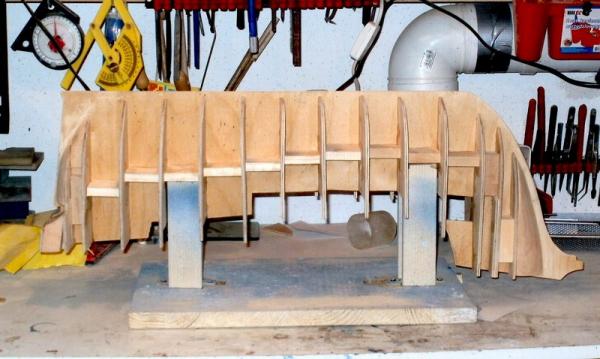
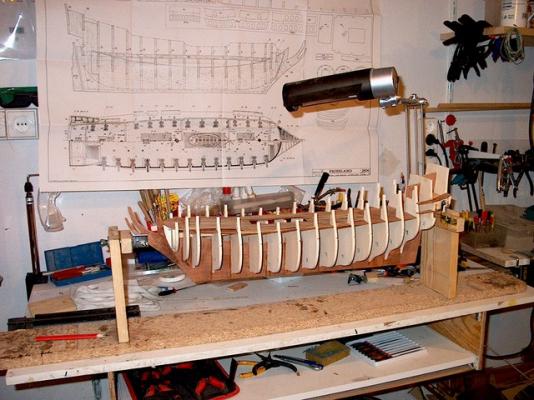
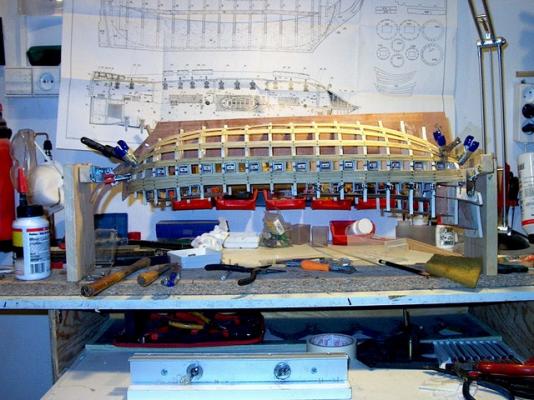
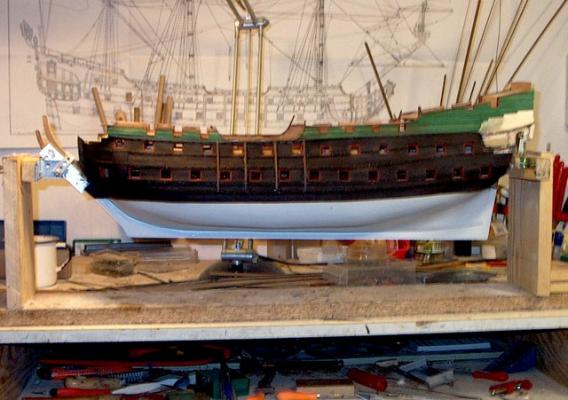
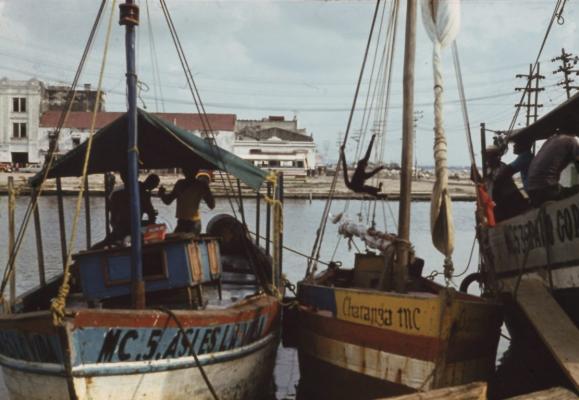
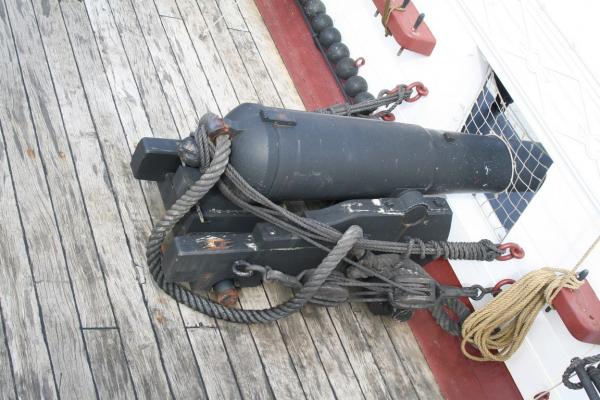
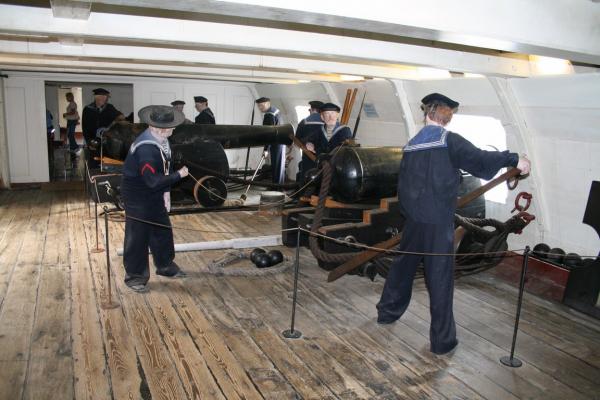
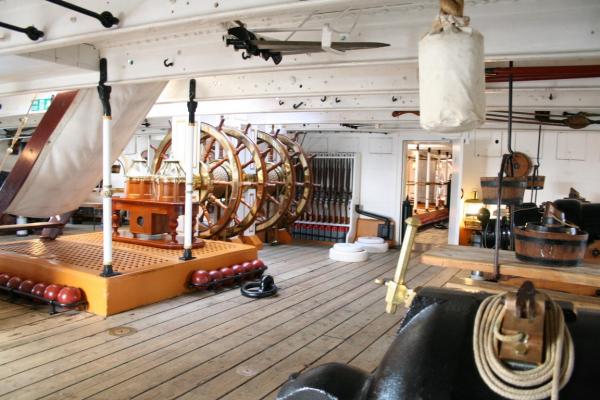
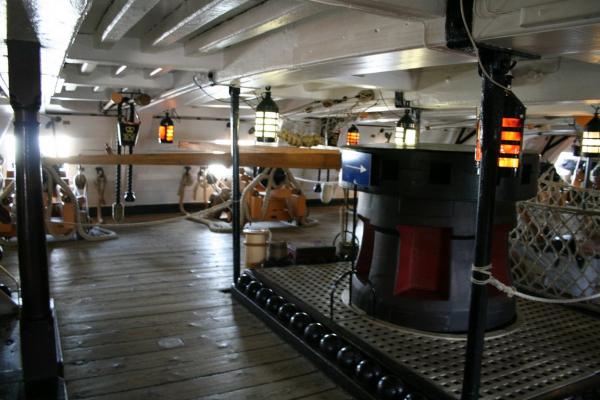
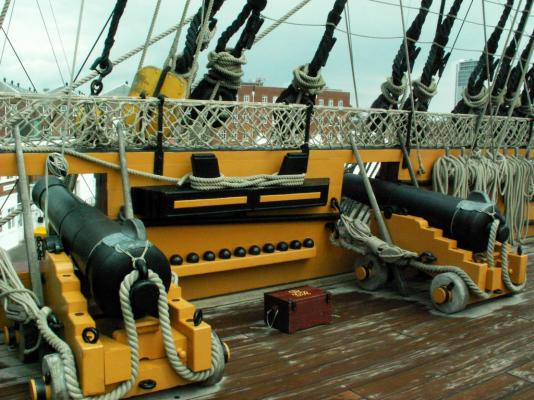
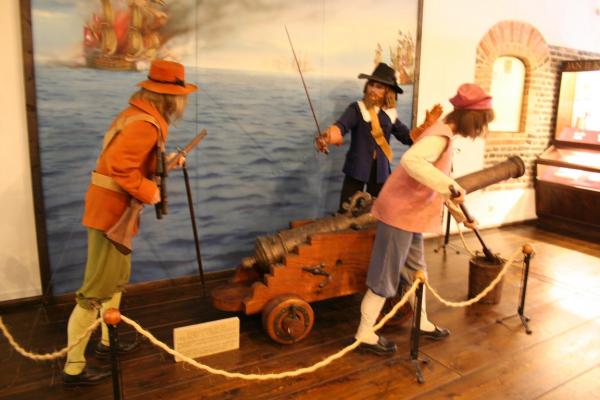
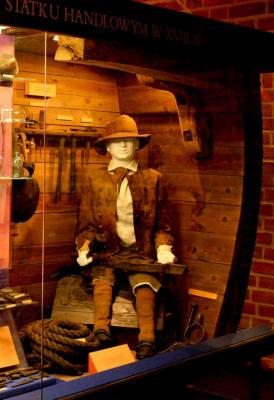
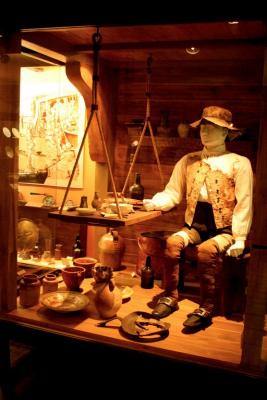
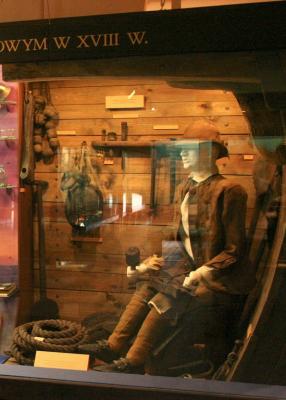
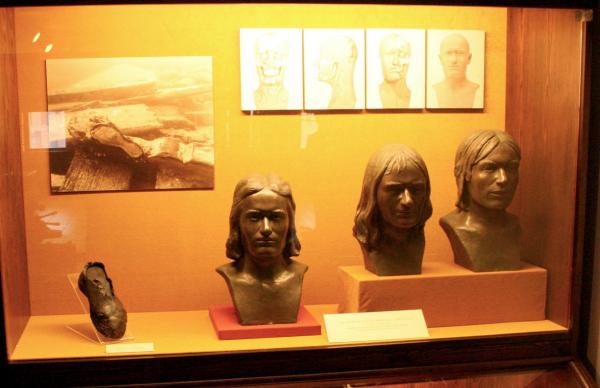
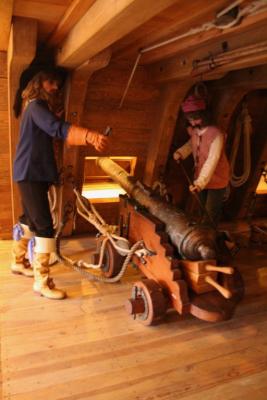
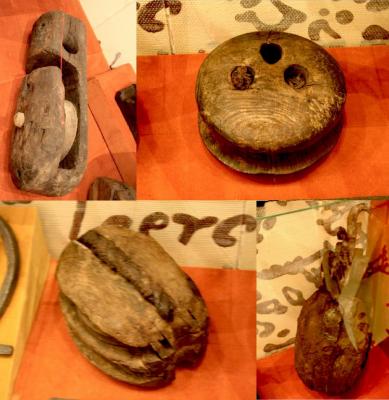
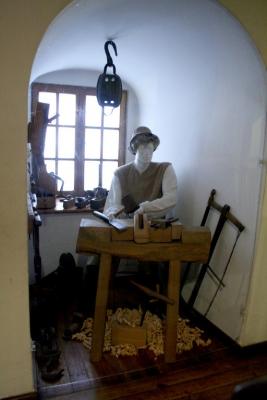
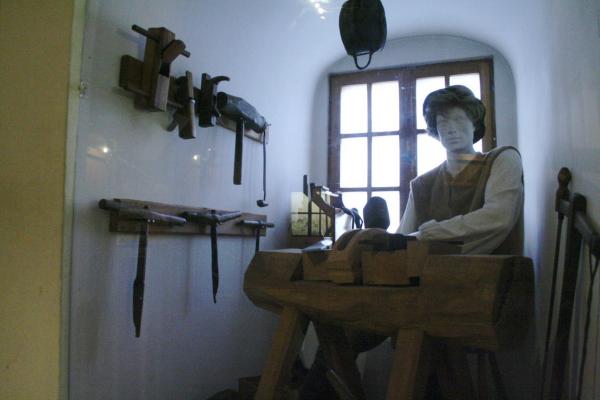
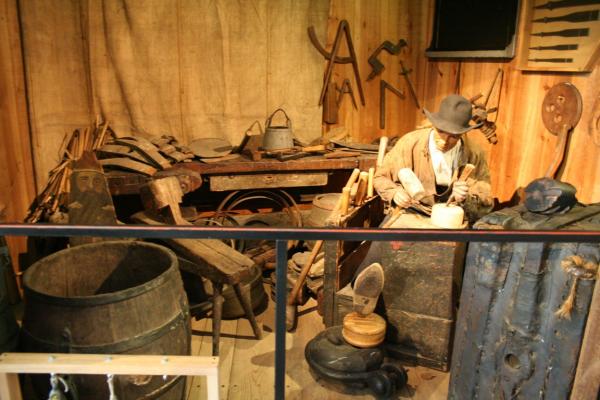
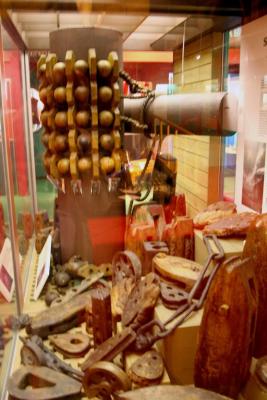
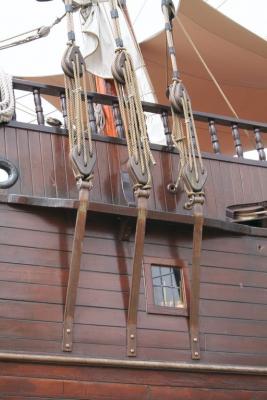
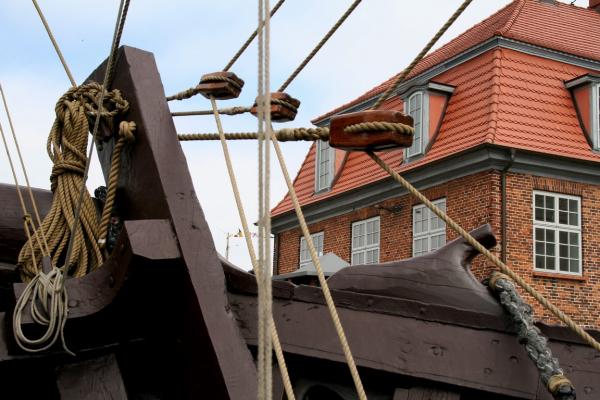
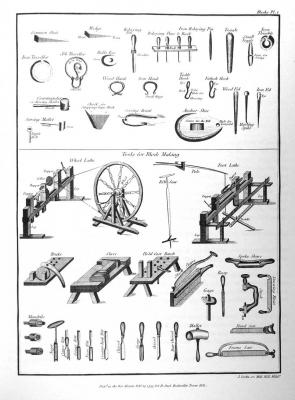
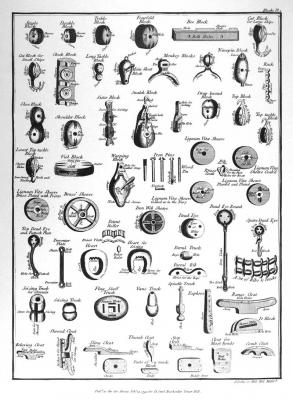
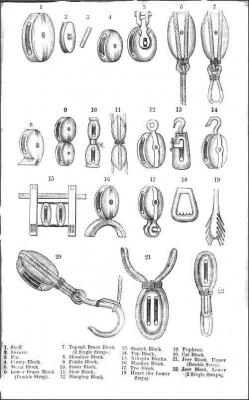
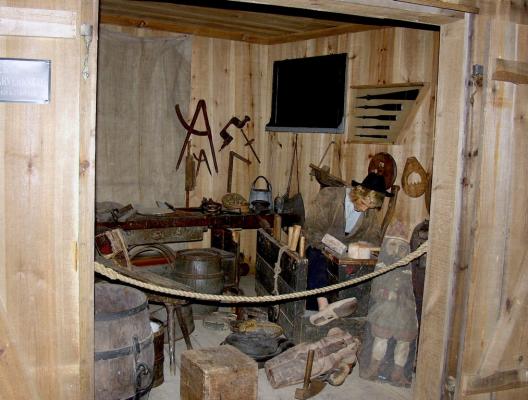
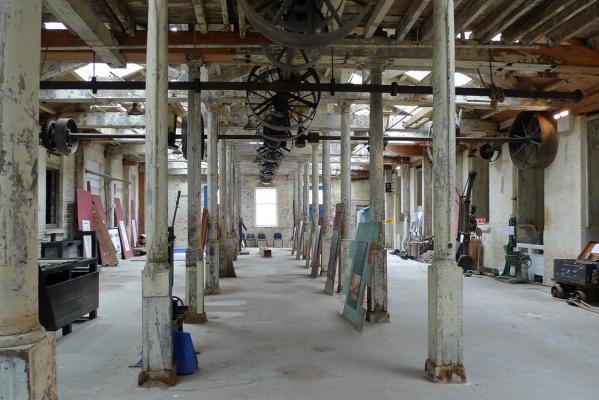
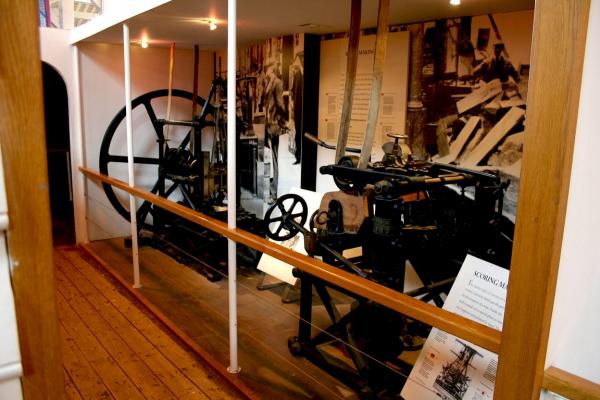
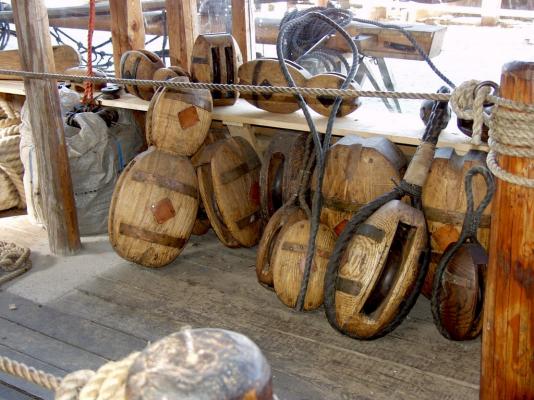

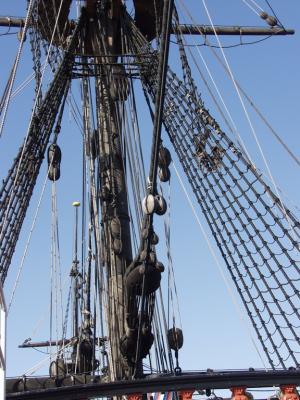
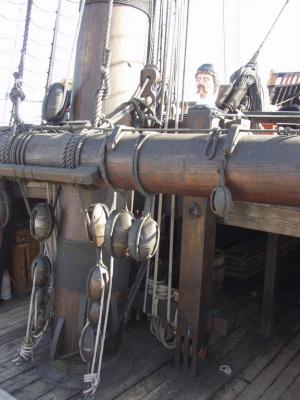
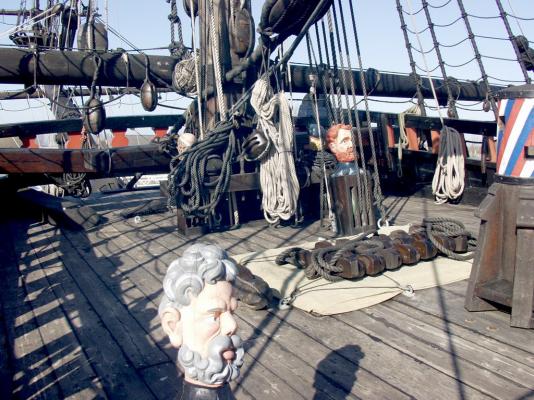
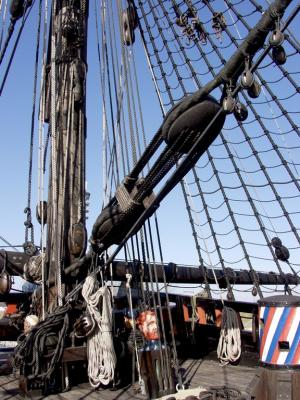
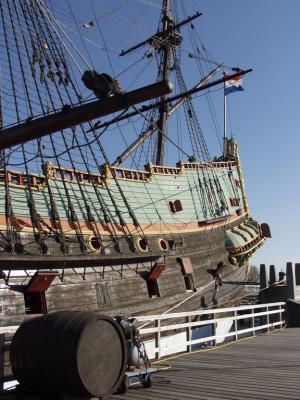
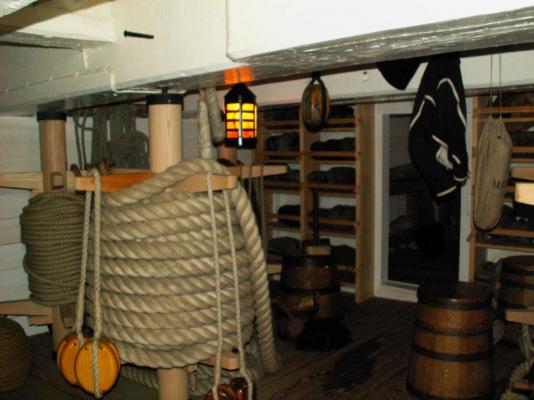
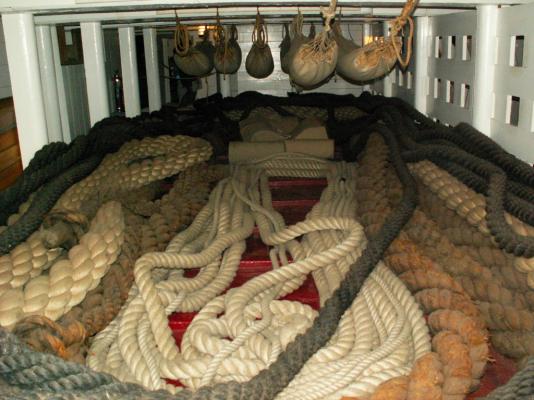
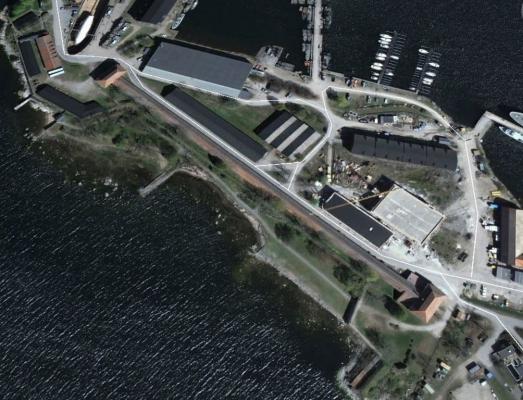
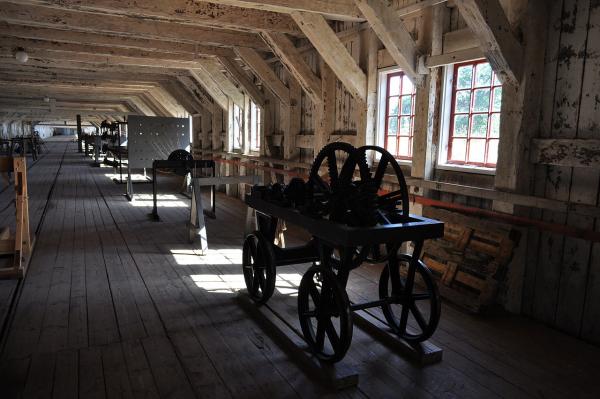
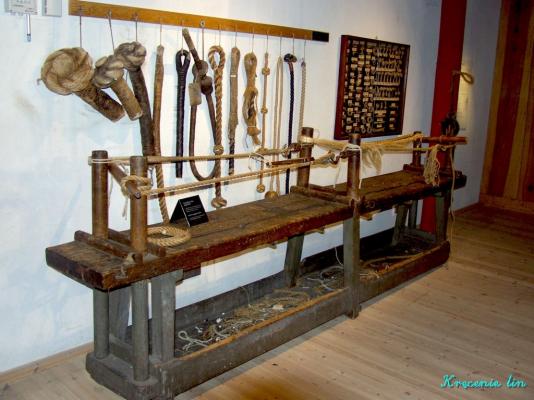
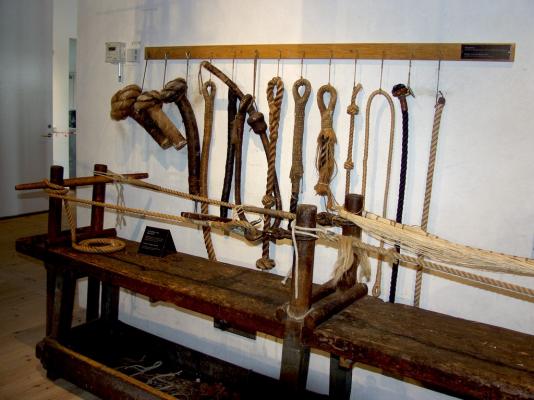
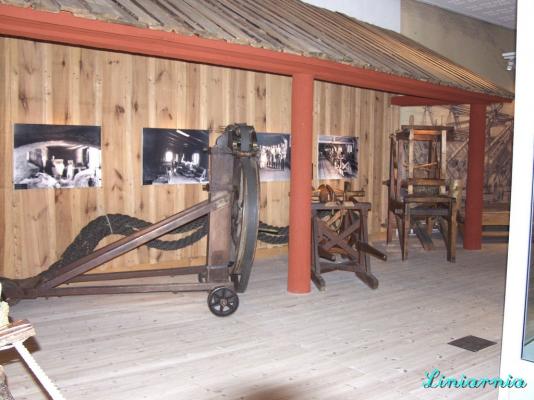

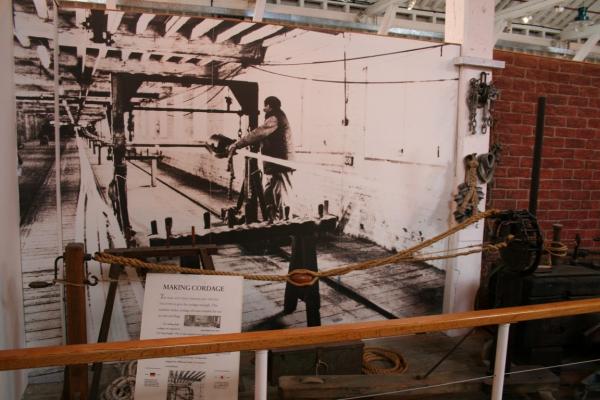
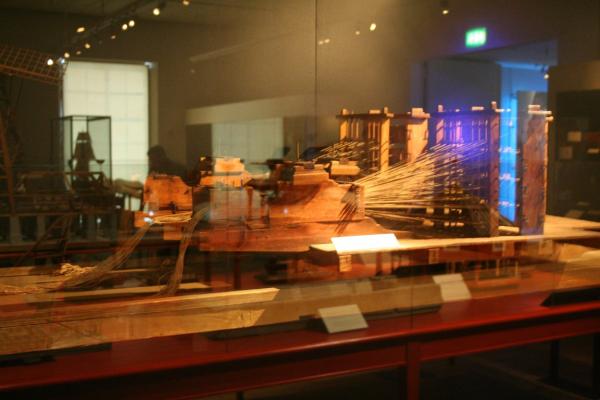
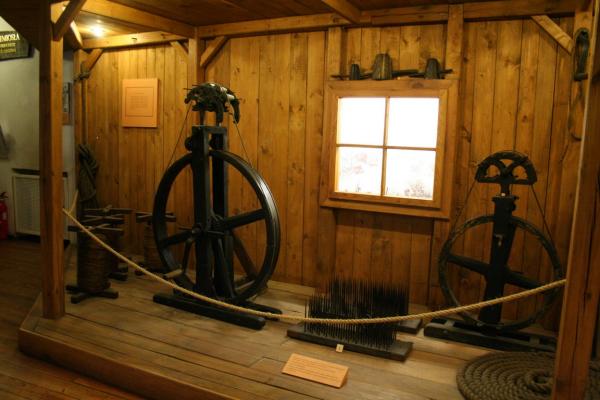
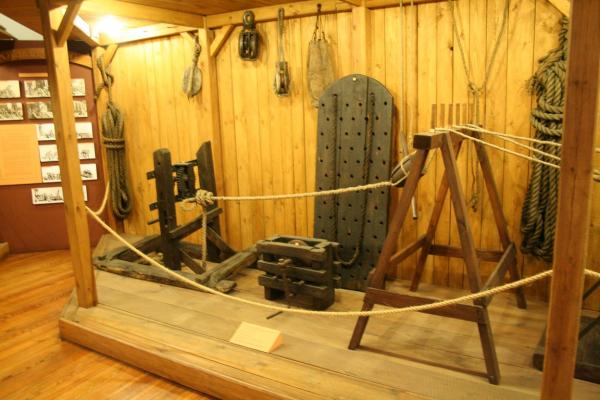
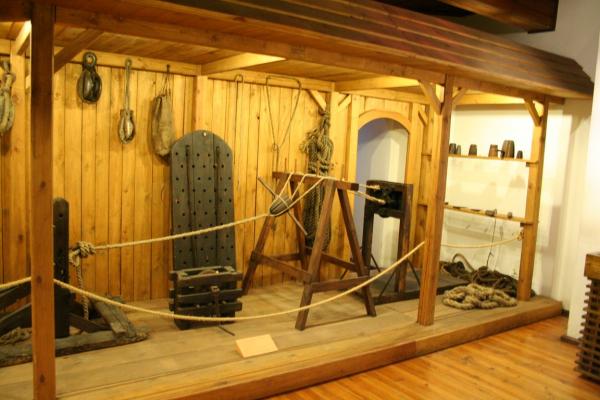
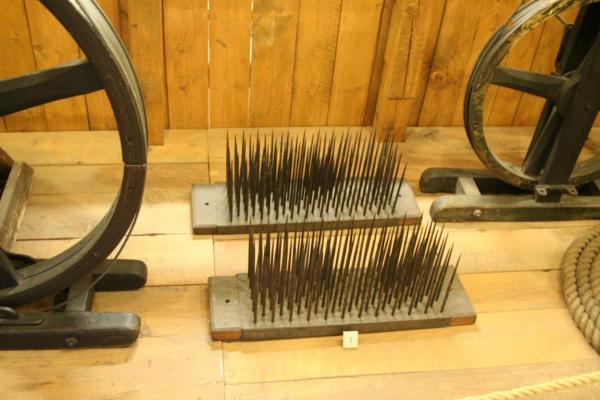
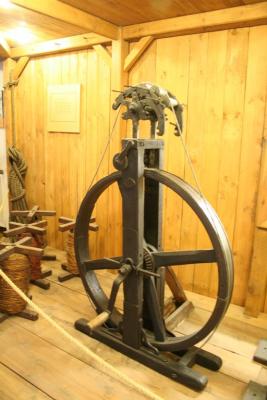
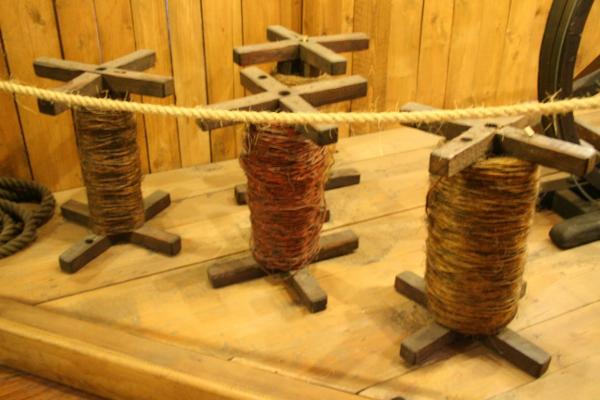
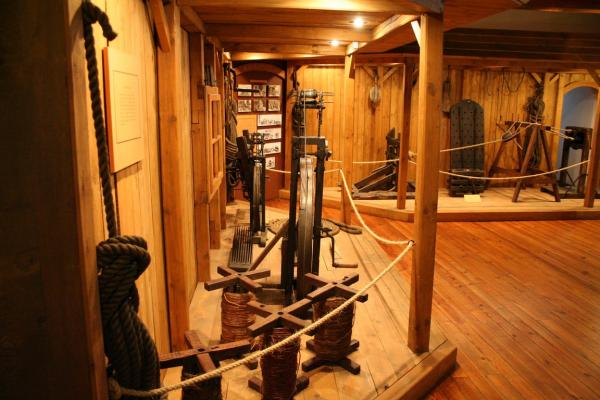
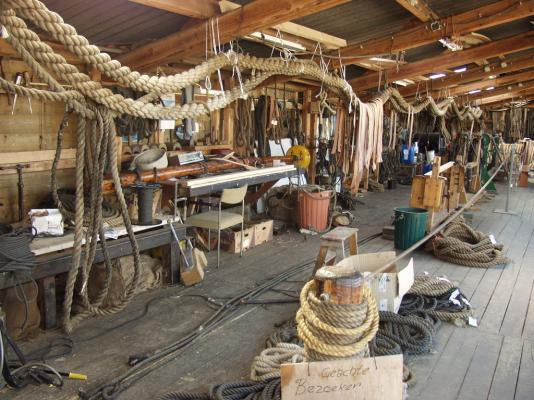
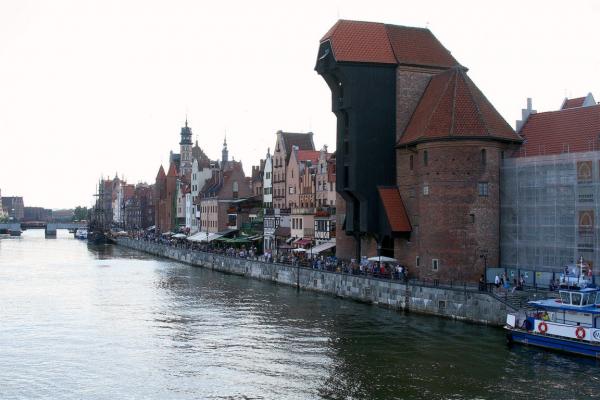
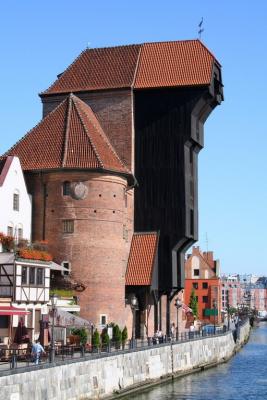
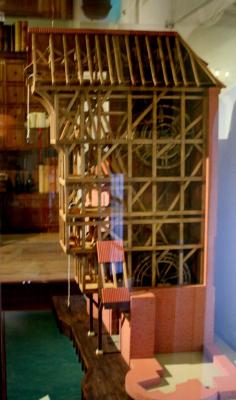
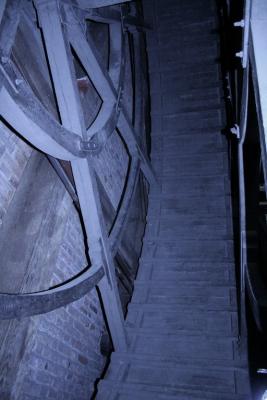
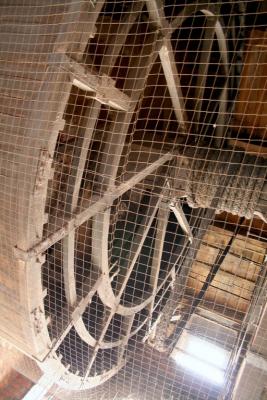
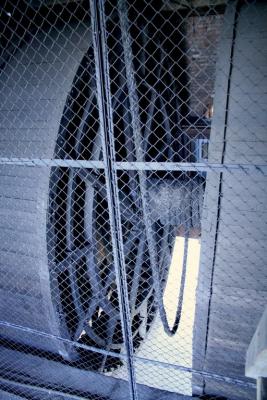

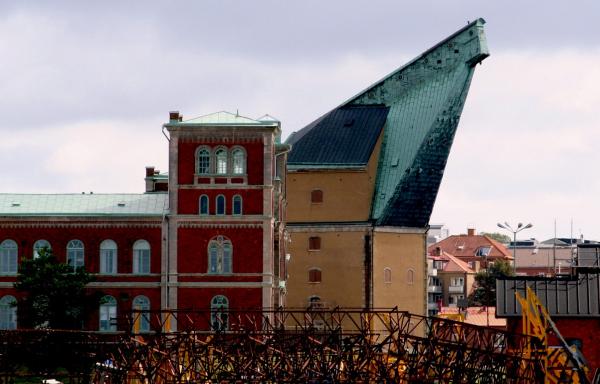
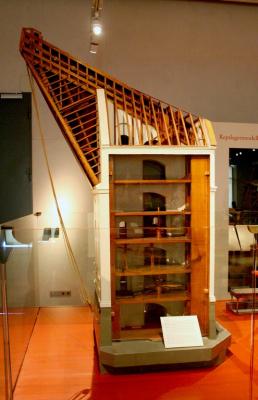
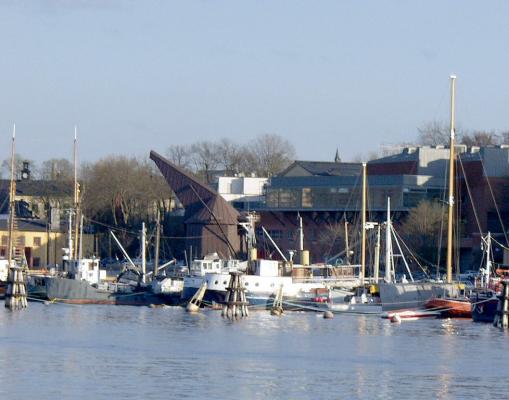
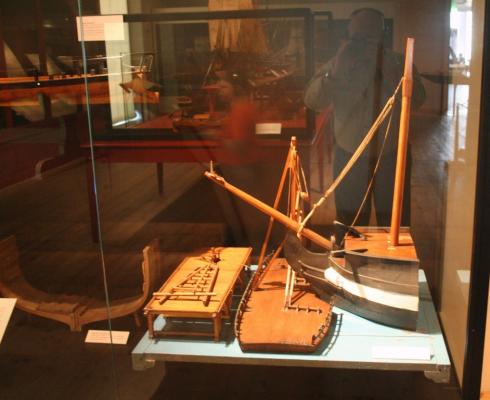
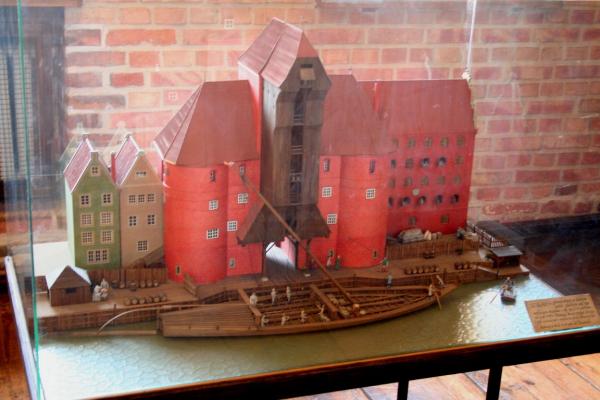
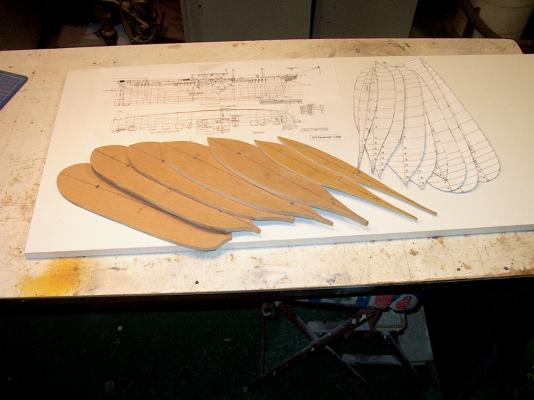
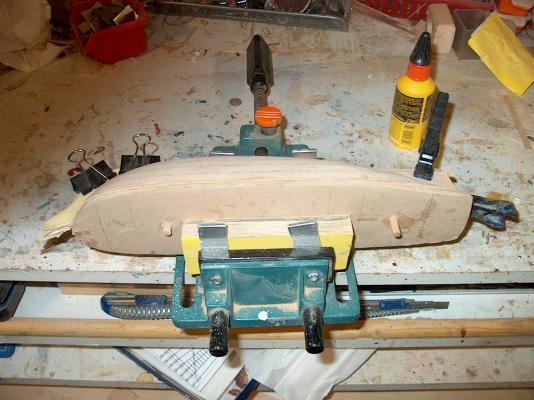
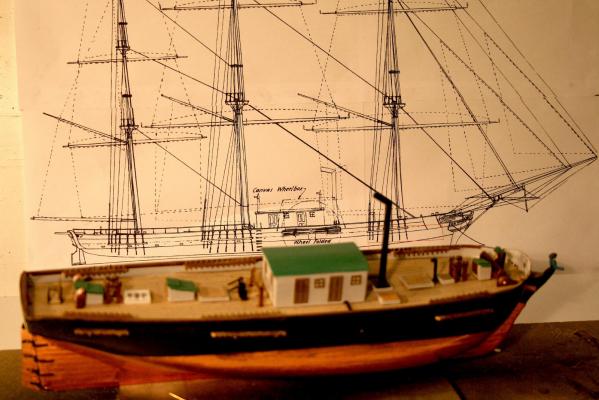
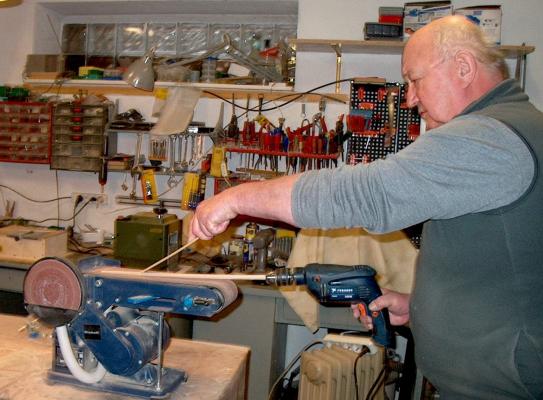
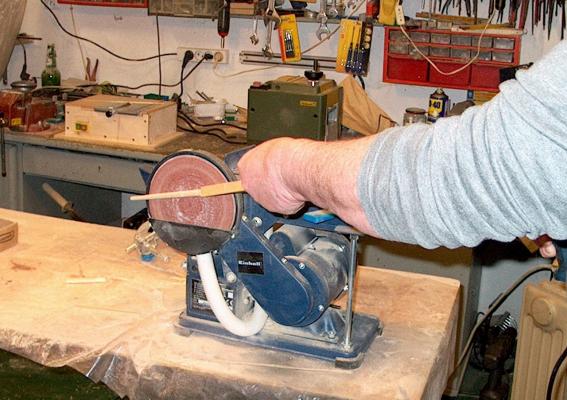
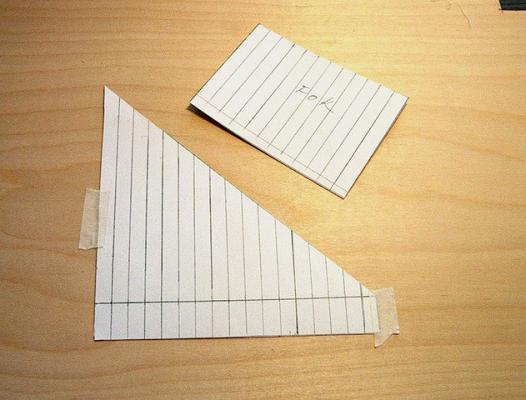
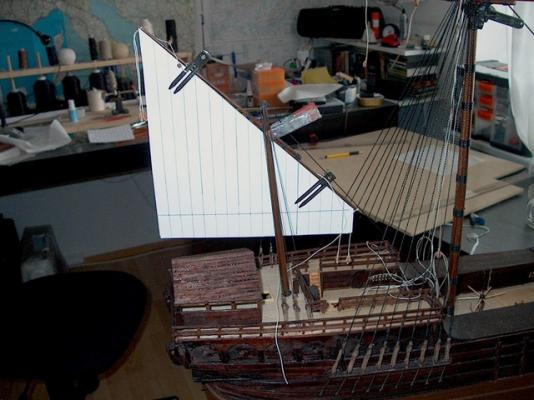
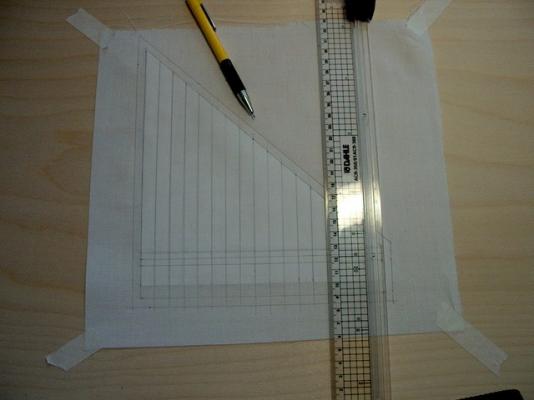
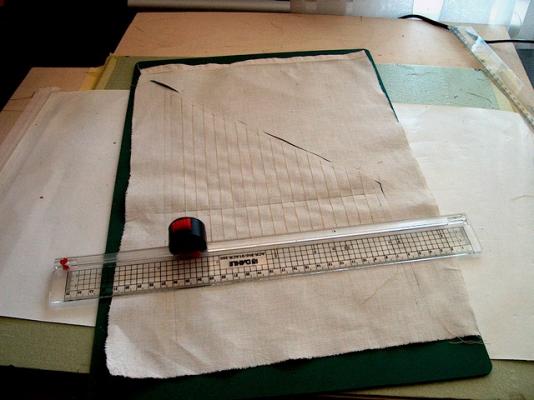
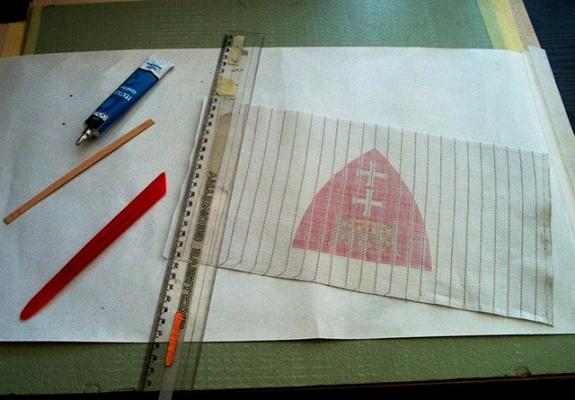
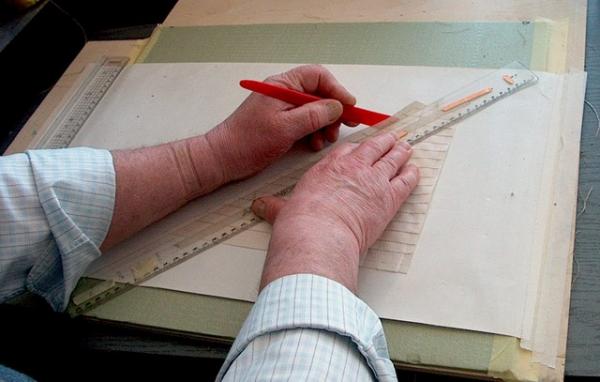
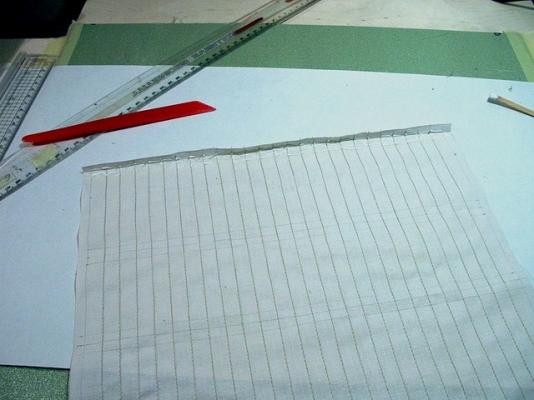
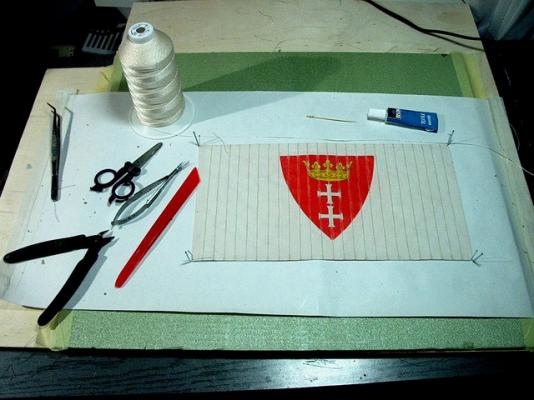
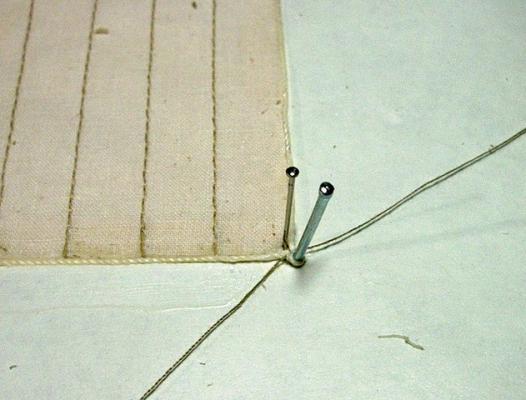
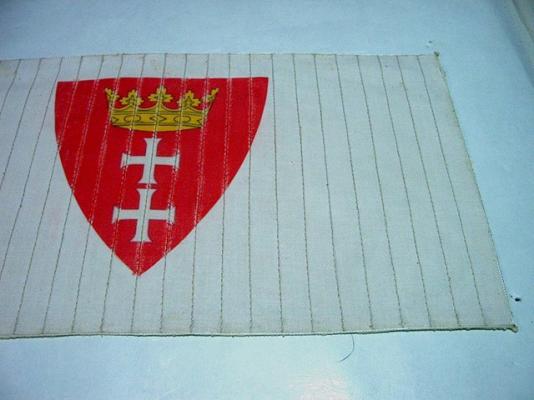
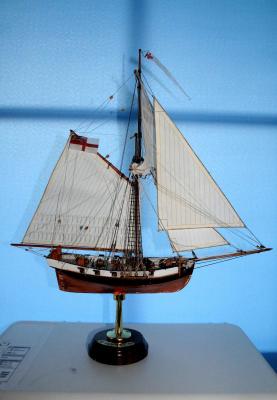
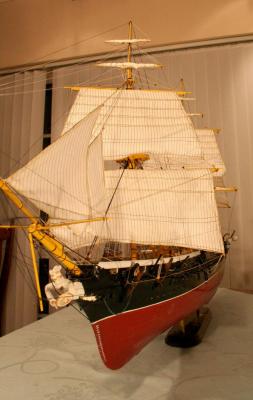
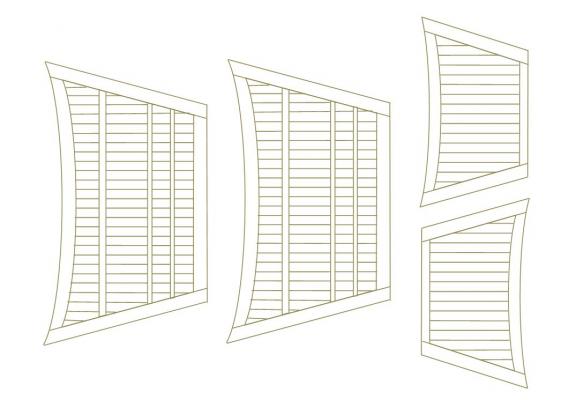
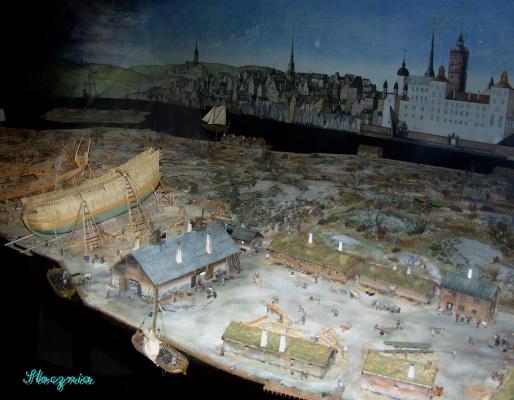
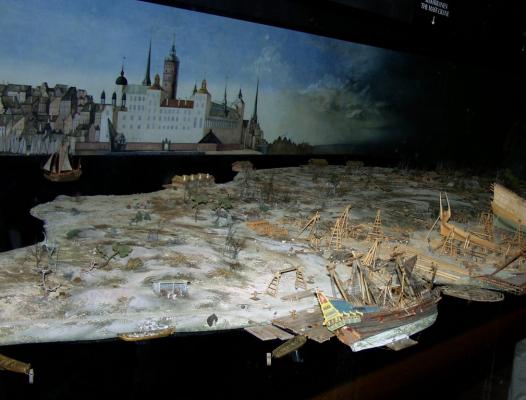
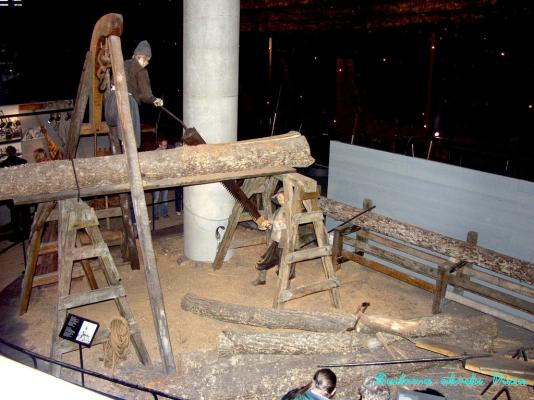
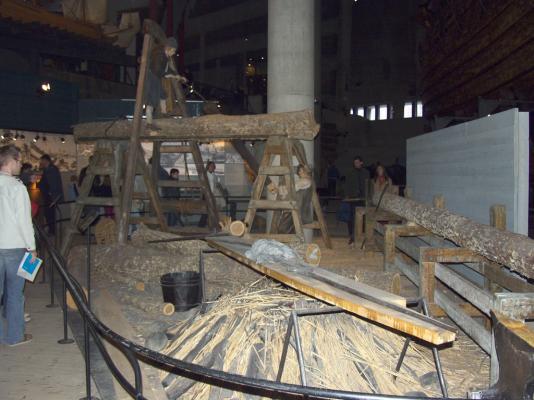
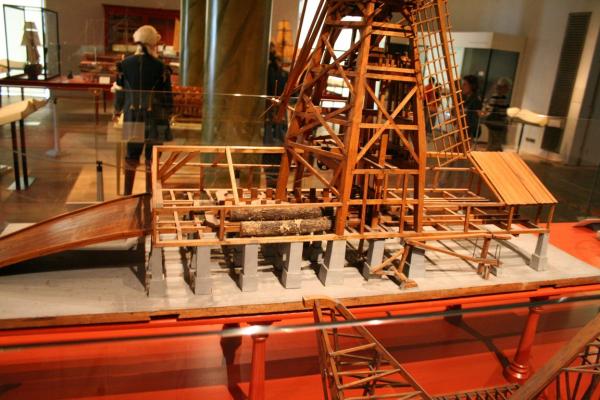
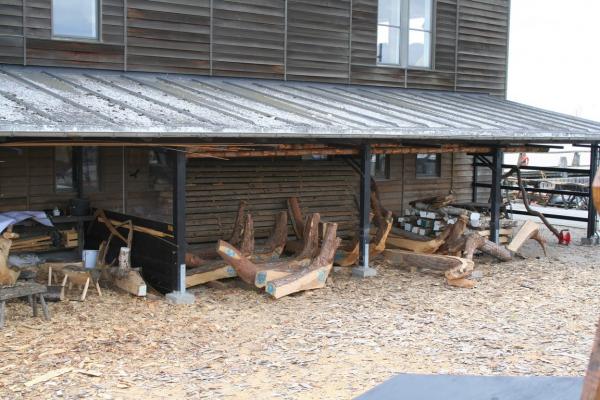
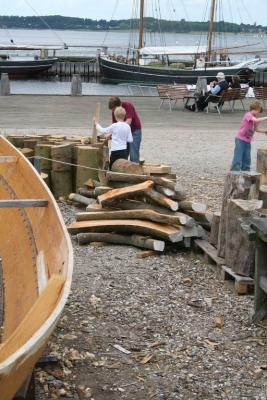
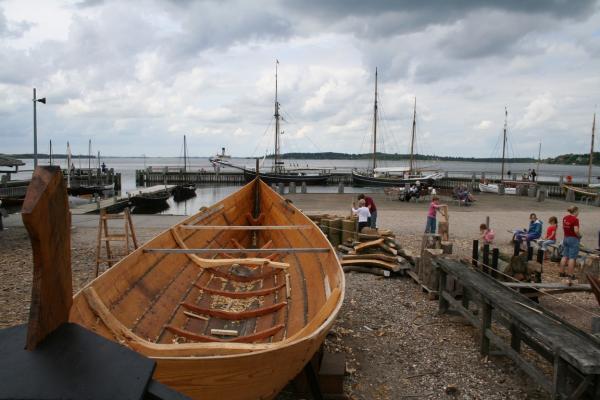
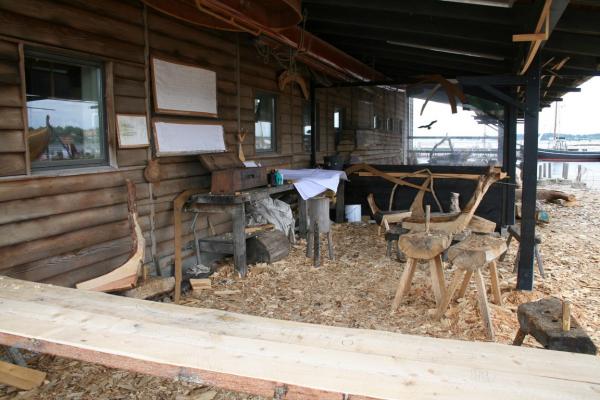
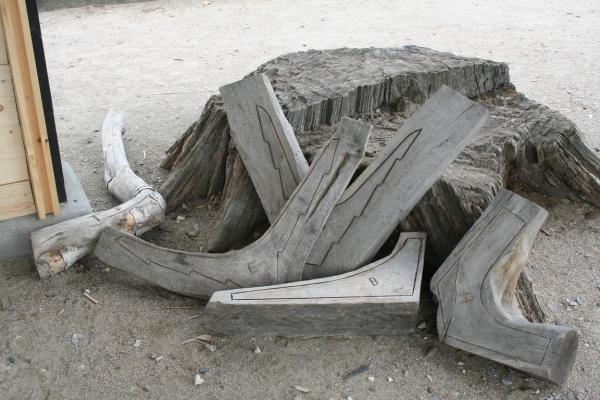
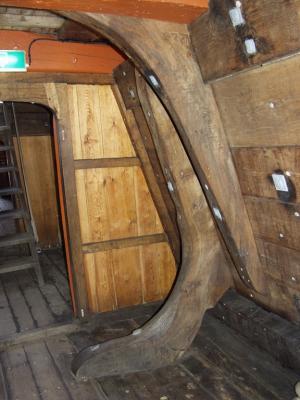
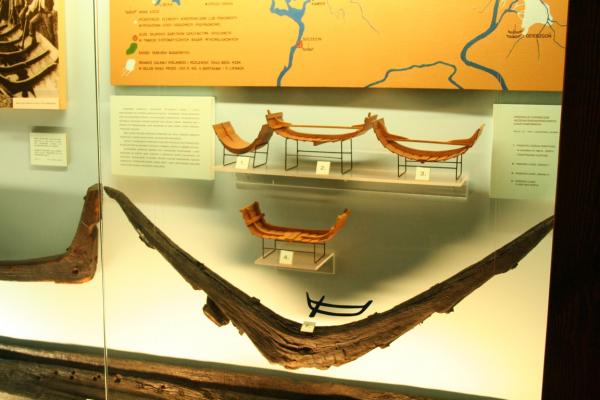
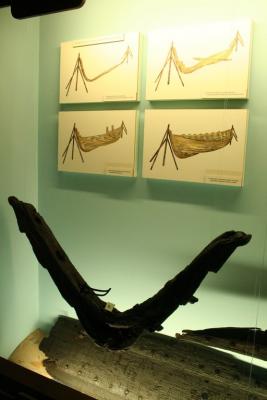
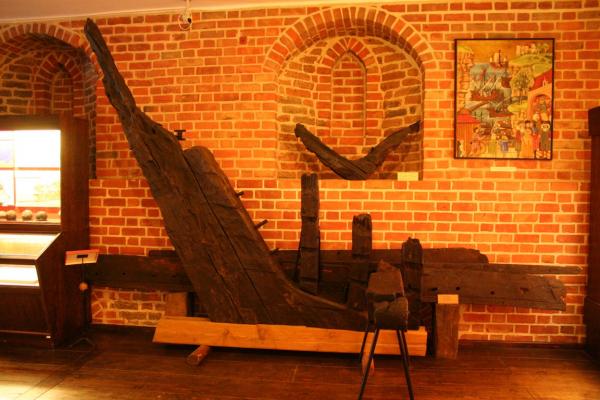
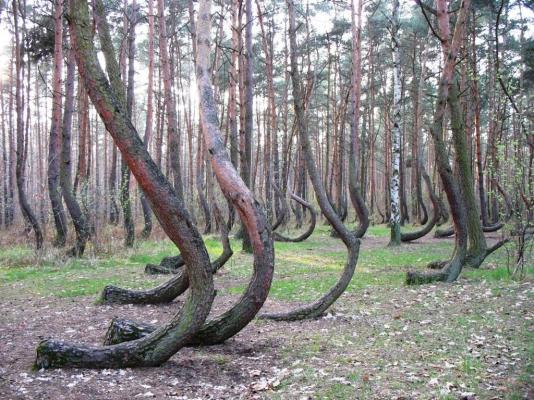
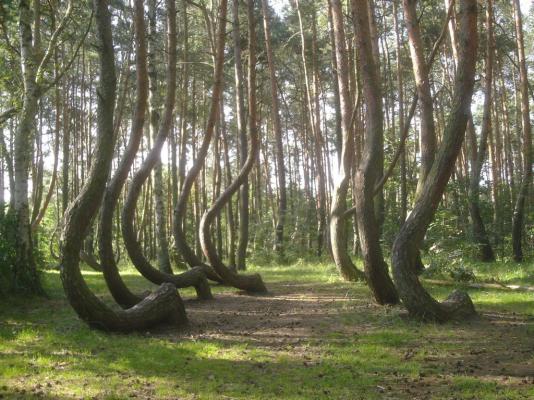
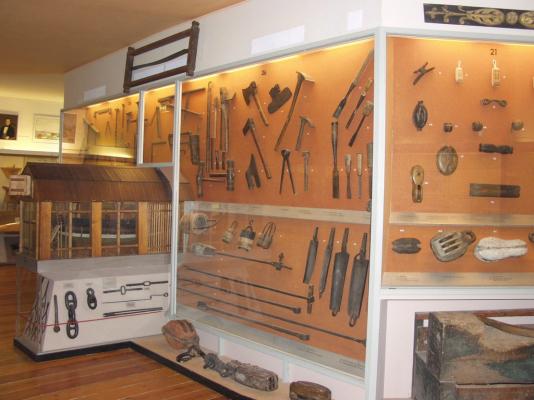

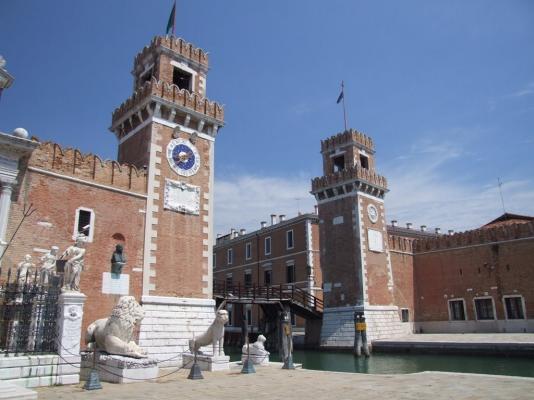
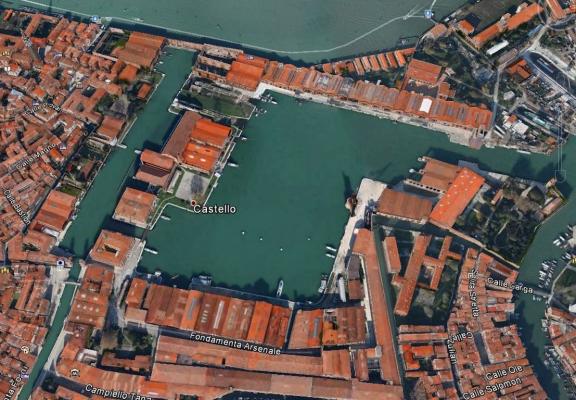


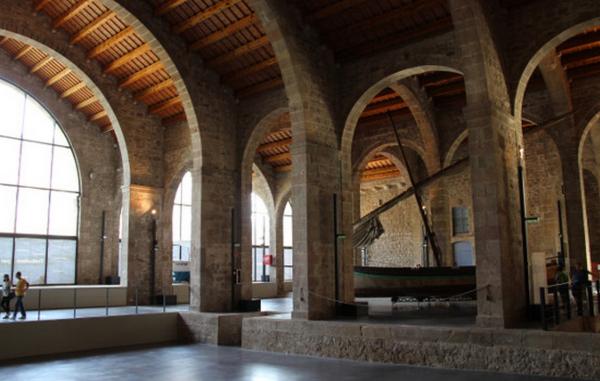
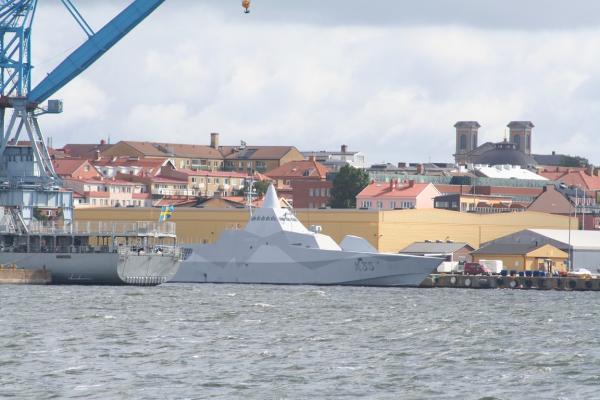
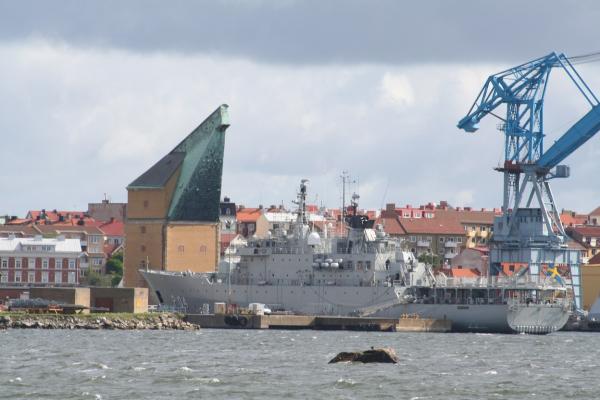
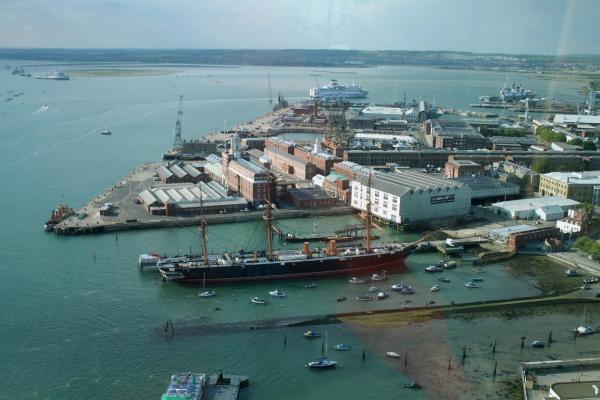
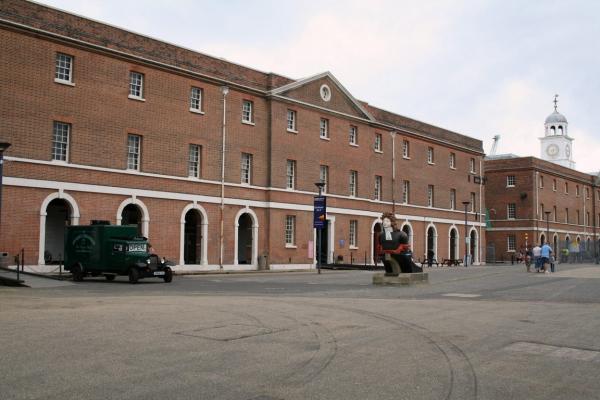
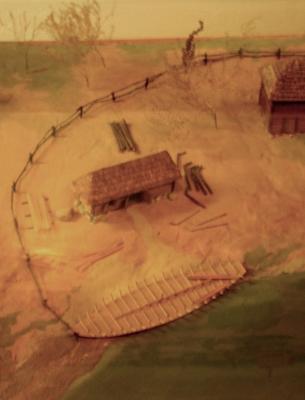
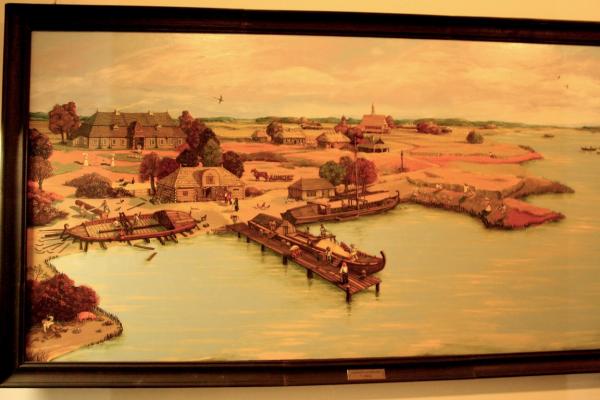
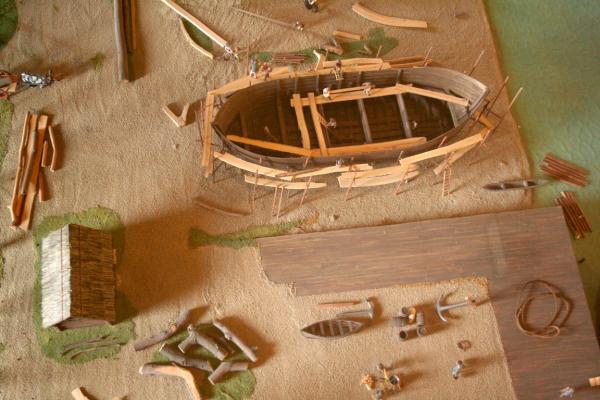
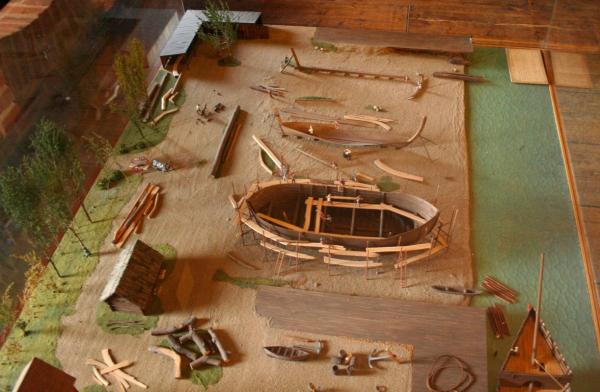

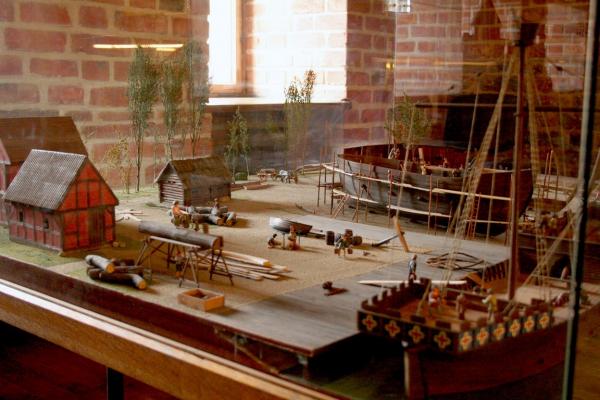
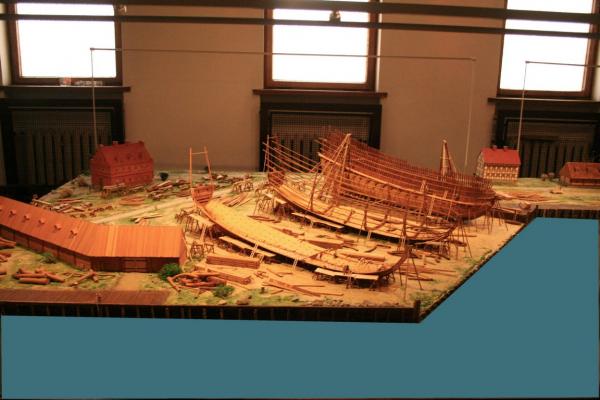
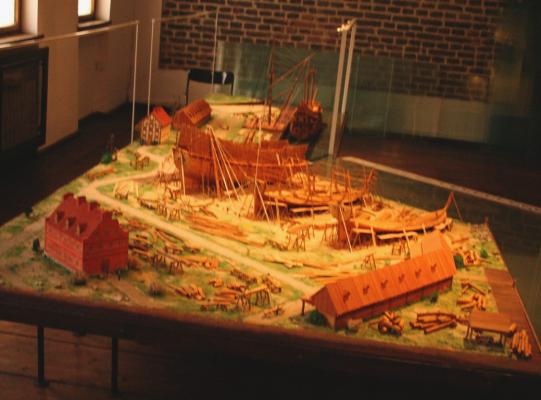
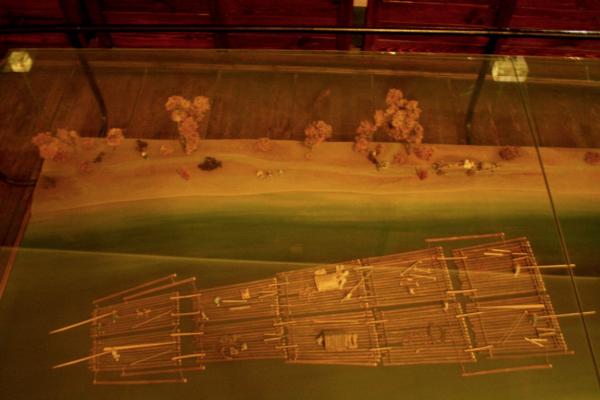
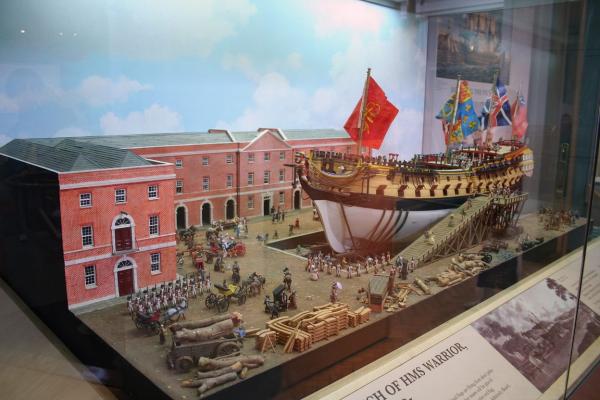
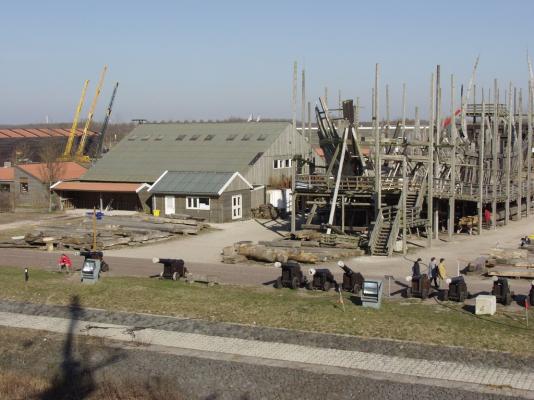
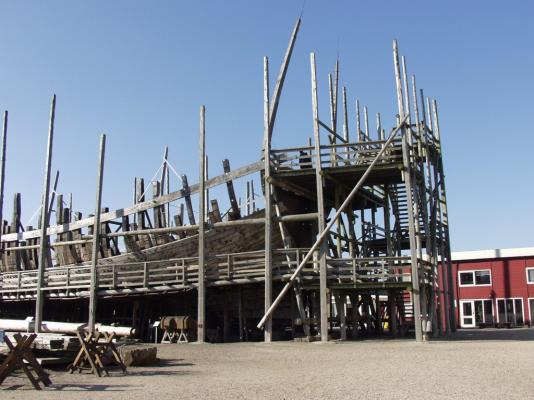
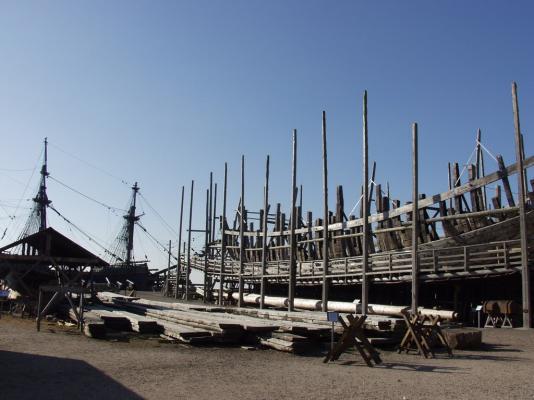
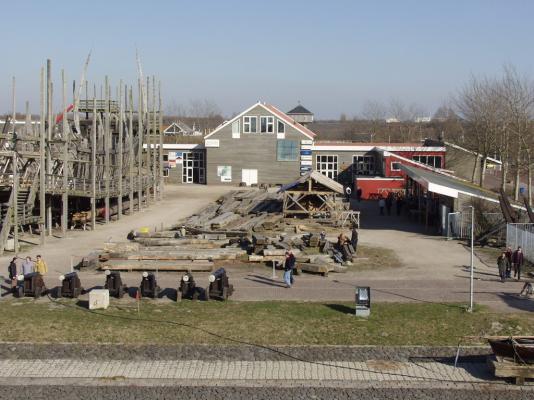
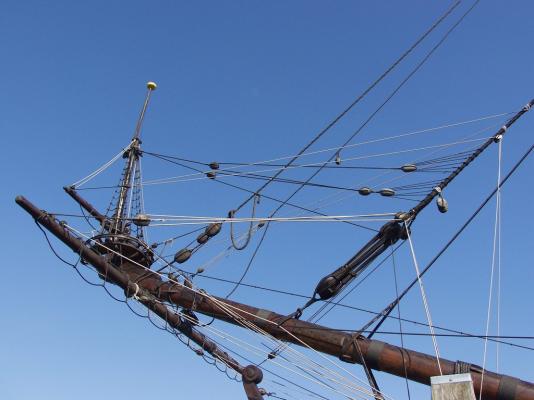
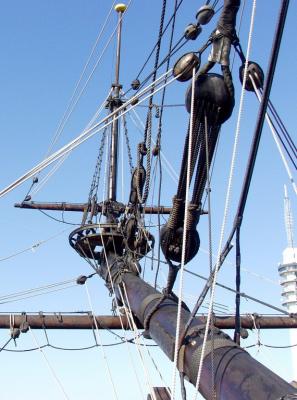
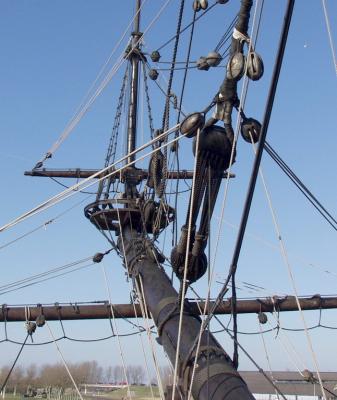
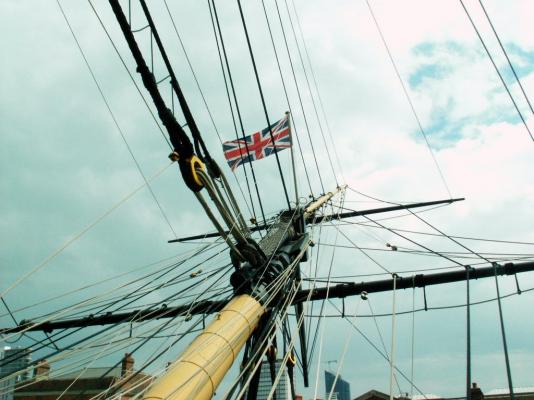
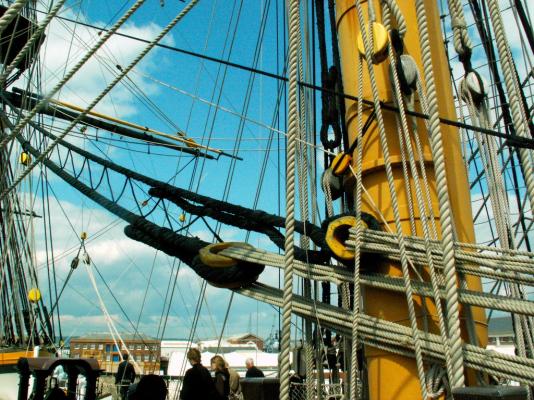
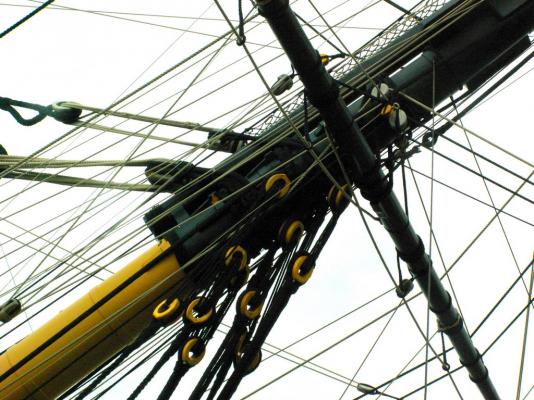
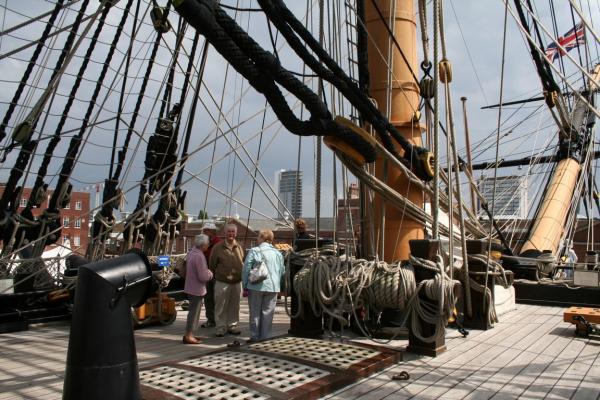
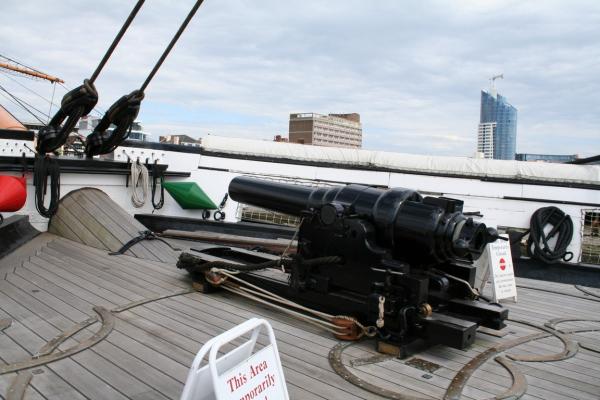
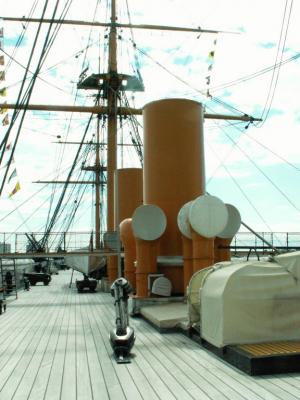
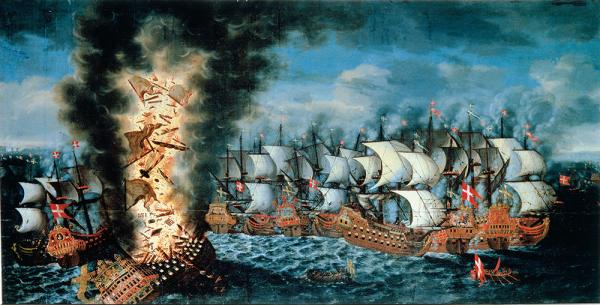
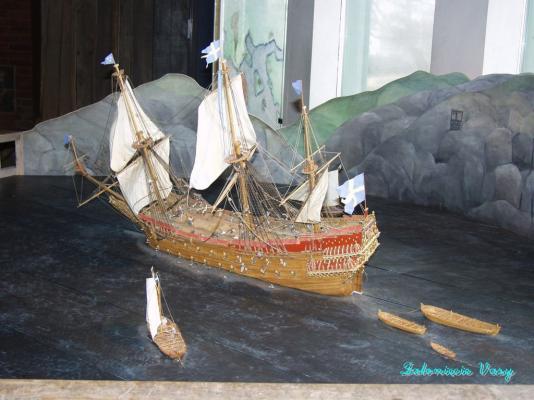
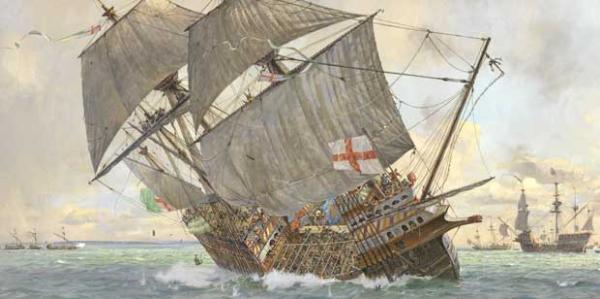
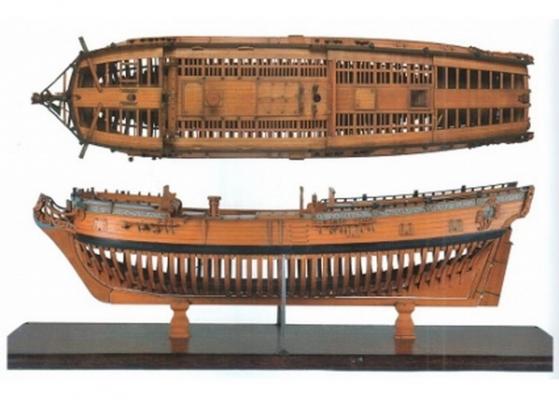
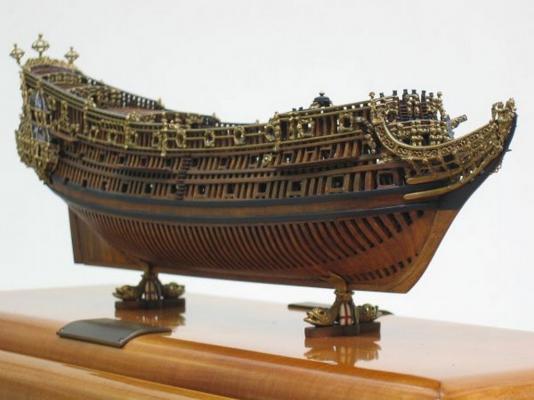
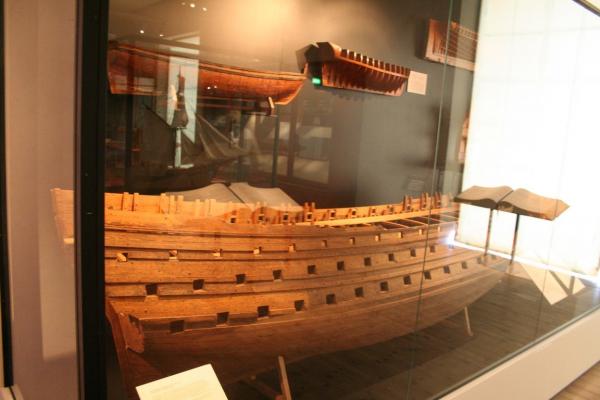
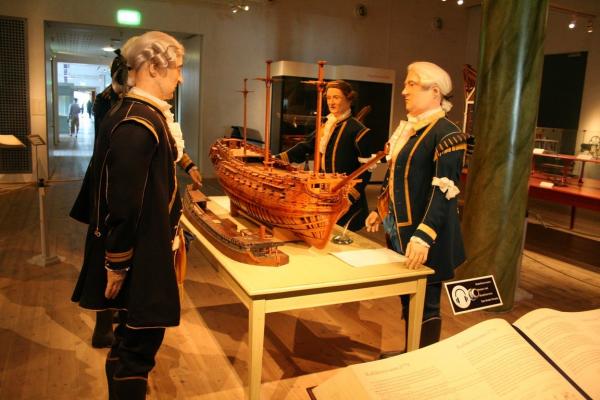
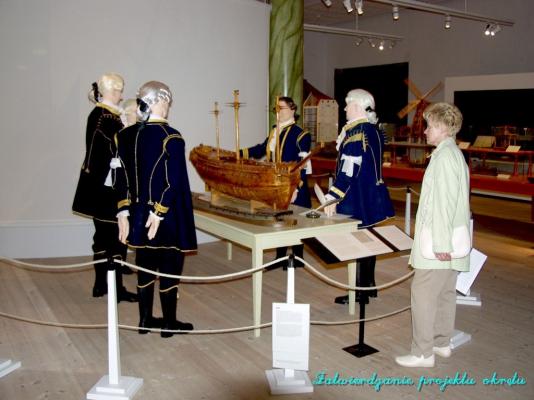
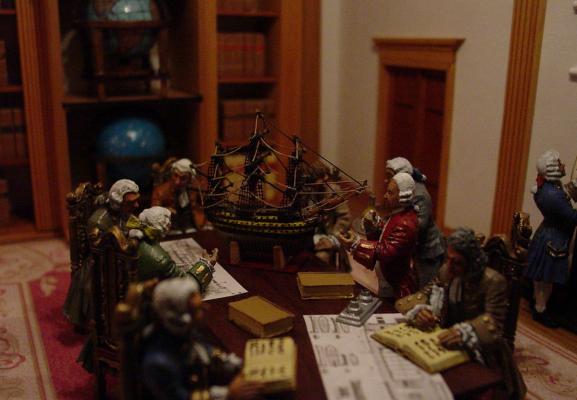
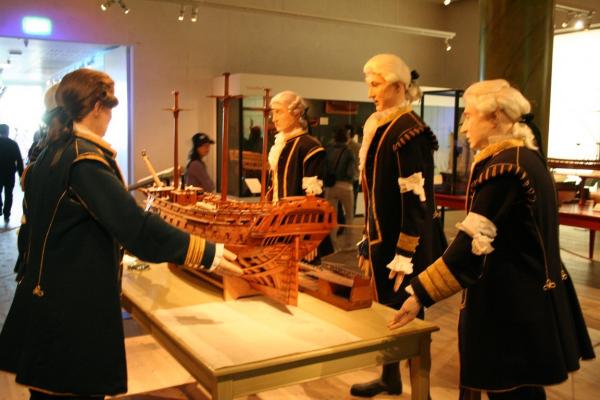

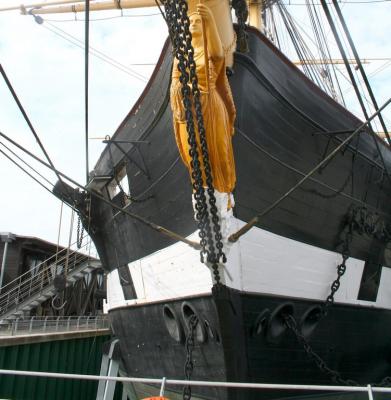
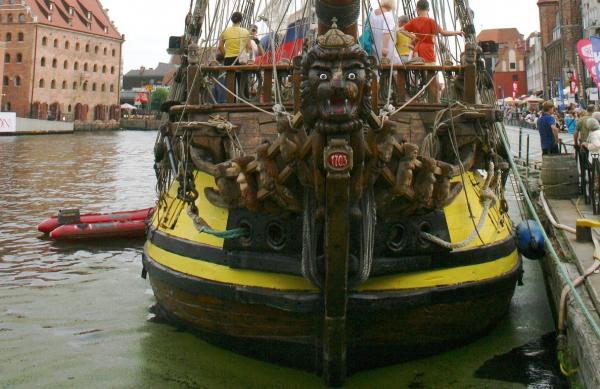
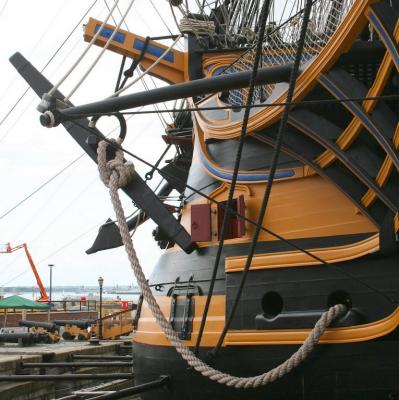
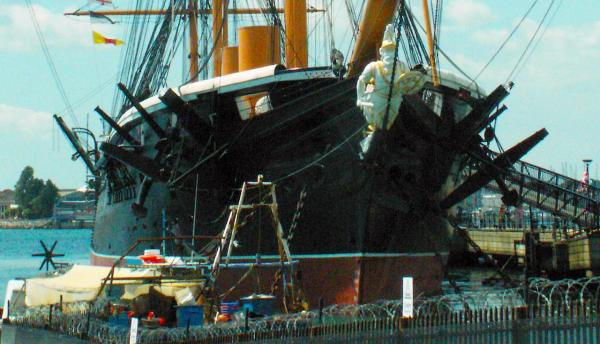
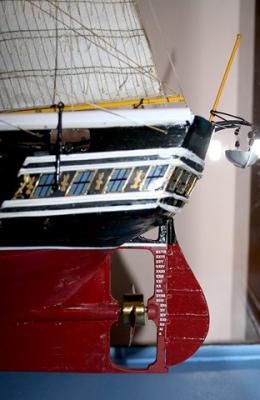
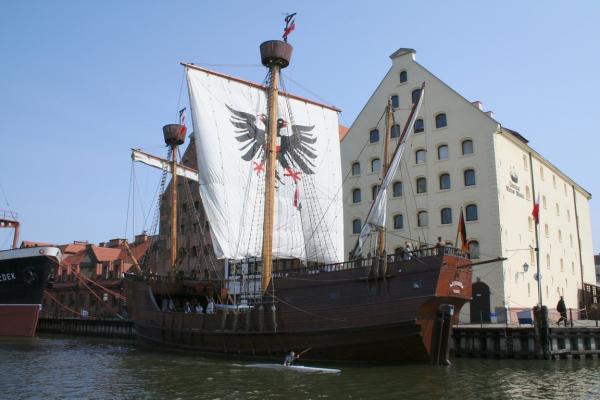
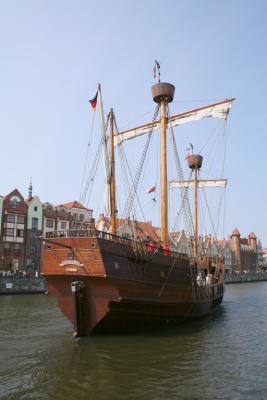
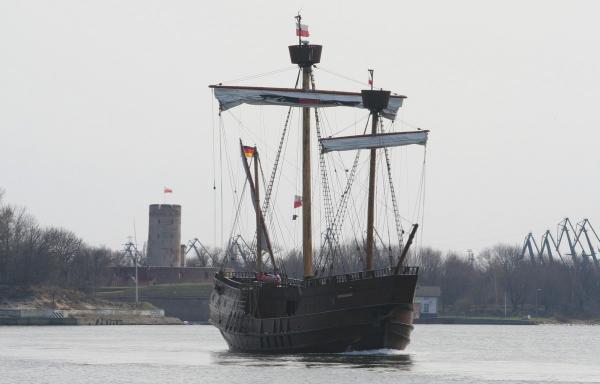
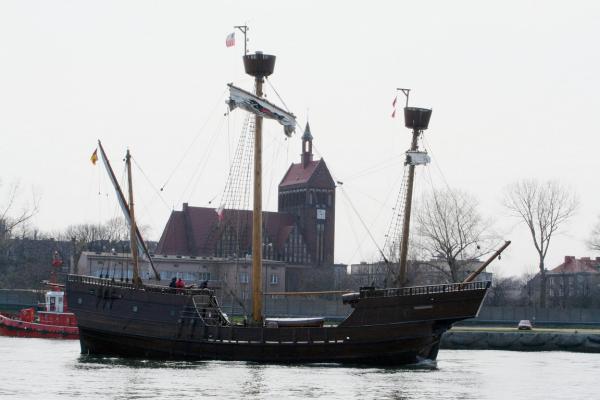
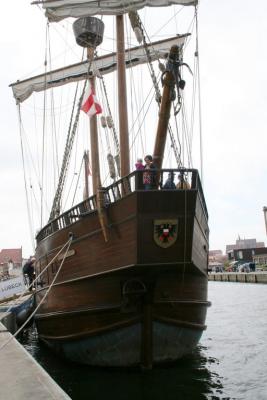
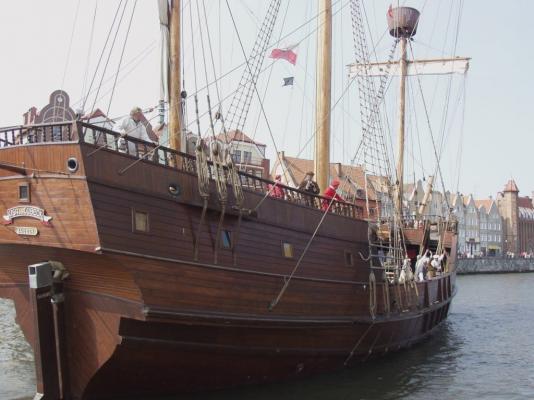
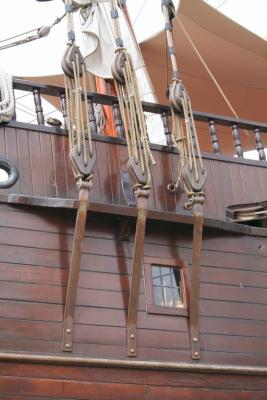
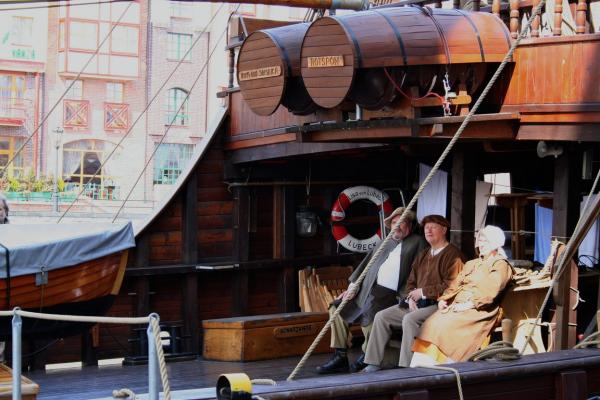
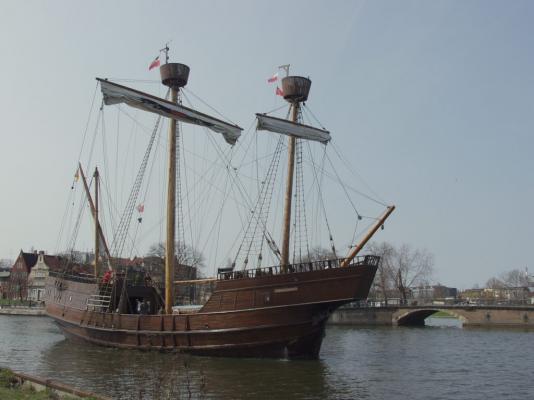
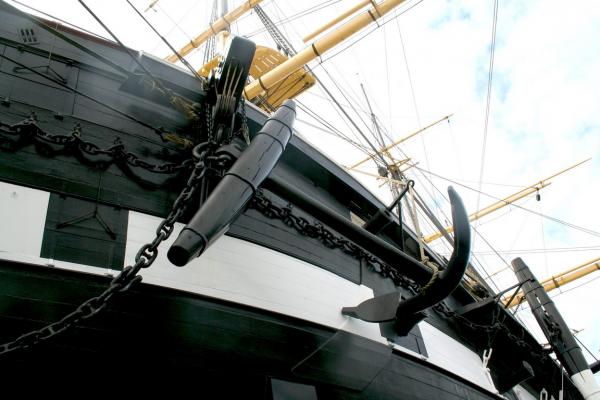
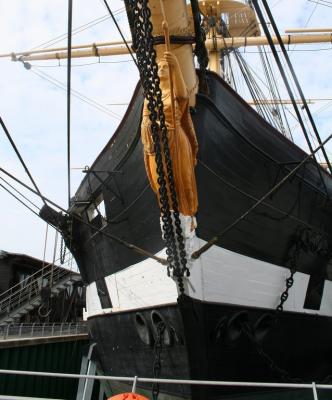
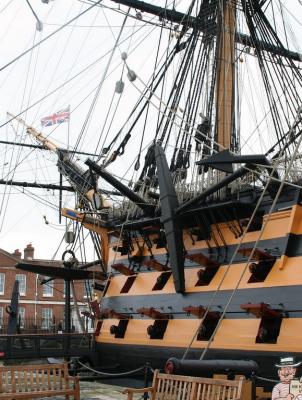
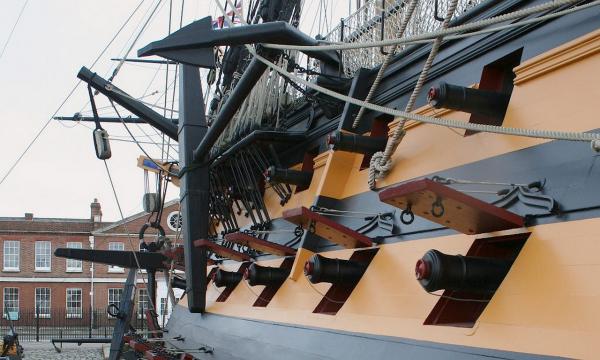
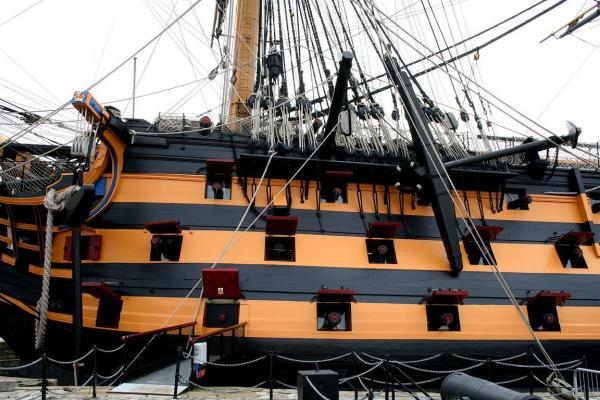
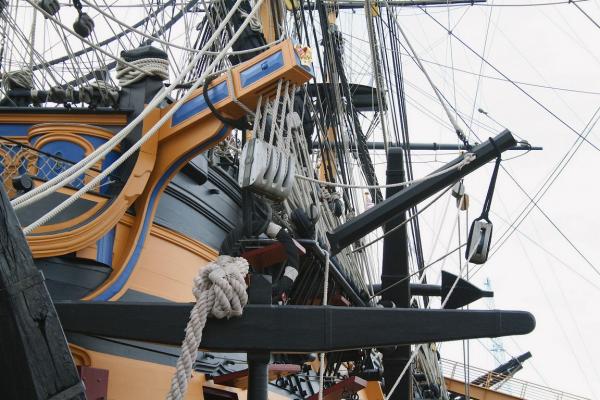
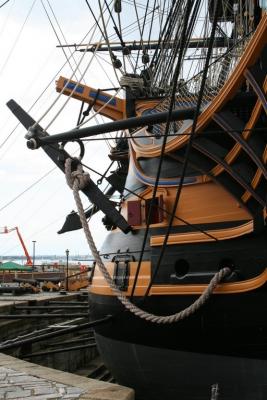
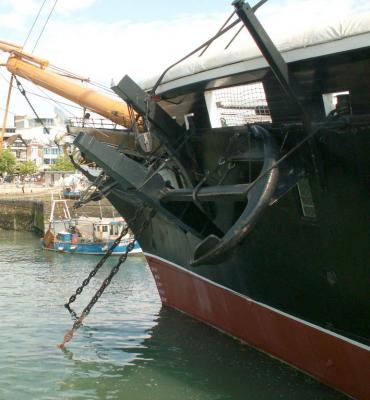
Art of period shipbuilding
in Nautical/Naval History
Posted
Iron works and fittings.
Iron works as anchors, chains, chain plates, plate knees, rings, bolts etc. for ships as also tools for shipbuilder was produced in forges powered with water wheels.
The forge in Oliva ( part of Gdańsk), by virtue of its two large hammers called a “hammer forge”, is mentioned in written sources as early as in 1597.
Two large hammers with weight 250 kg are powered by water wheel with diameter of 4 m with 44 blades and oak shaft with section of 0,7x0,7 m and length 8 m .
Wheel and stove for iron heating are separated for each hammer.
Separate wheel with diameter of 3,1m is powering eccentric cutters
able to cut 40 cm of hot iron.
Tadeusz
Foto 1 Plate knees on HMS Victory
Foto 2 Chain plates on HMS Victory
Foto3 Cutters in old forgery in Oliva
Foto 4,5 Forgery stowe with big bellows
Foto 6-8 Big hammer
Foto 9 Water wheel
Foto 10 Anchors development